In a country full of animal cafes, the cafe at the Tokyo Snake Center reigns supreme, offering one of Tokyo’s most unusual animal cafe experiences. One of it’s cutest, too.
CONTENTS
The Tokyo Snake Cafe & Tokyo Snake Center
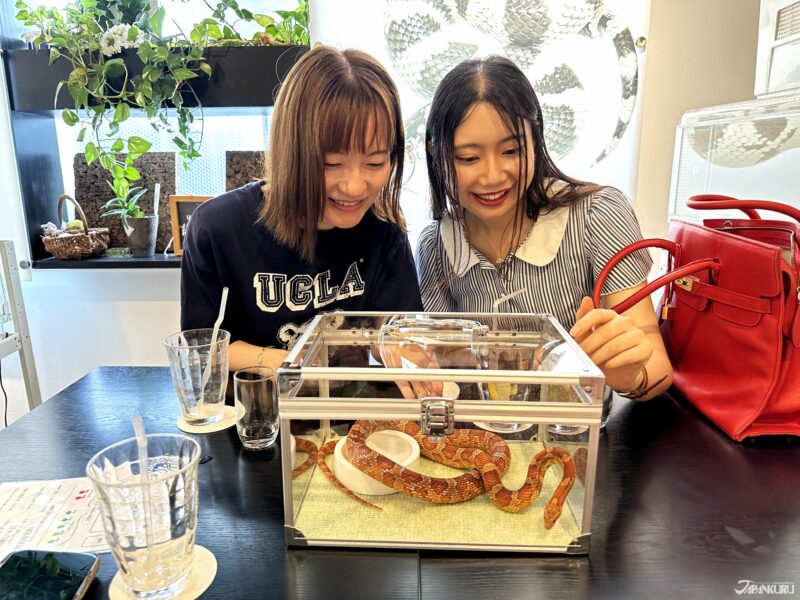
The Tokyo Snake Center was established in the summer of 2015, bringing a small army of snakes to the heart of Harajuku, and promising a unique new experience for anyone interested in making some slithery friends. For close to ten years, the center has provided a variety of snake-related services to the Tokyo area, offering pet hotel facilities, supplying snake food, and even offering the space as a snake-filled photography studio, but most visitors know it as the Tokyo Snake Cafe – a place where guests can admire the beauty of the snakes while sipping coffee in the middle of Harajuku. These days Tokyo is saturated with cat cafes, but the Tokyo Snake Center created Japan’s very first snake cafe.
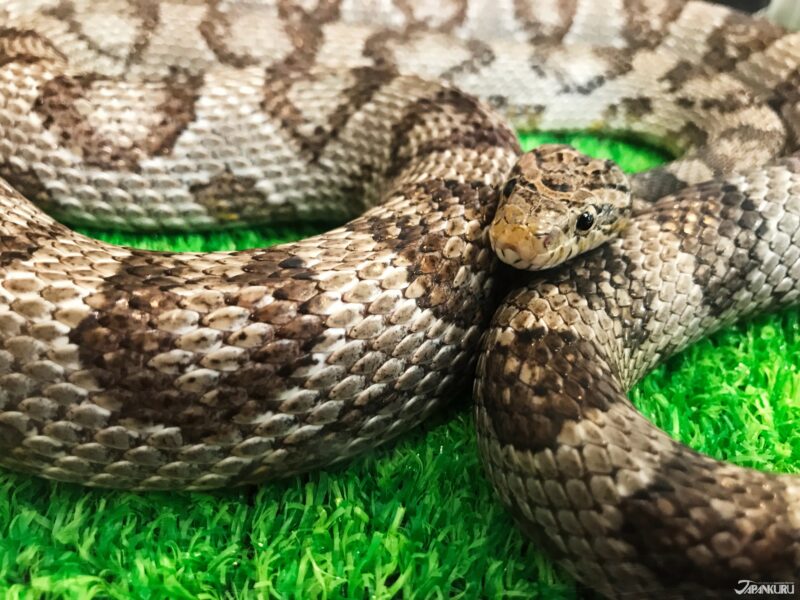
The Tokyo Snake Center/Cafe currently has over 100 snakes “on standby,” the majority of which are permanent residents at the facility, with a few additional “guests” staying over while their humans are out of town. According to the staff, some of the resident snakes were purchases made over the years, but many are rescues of one kind or another. Some snakes are adopted from those who can no longer take care of them, and others are lost pets whose people have never been found. Many of the snakes have sad or funny backstories, but in midst of the busy city of Tokyo, the Tokyo Snake Center offers them sanctuary, providing a safe and peaceful life with plenty of mice on the menu.
Here at Japankuru, we highly recommend a visit to Japan’s first snake cafe when you’re ready for a relaxing hour or two away from Tokyo’s non-stop hustle and bustle! Sip on a fancy coffee drink, let the snakes slither through your fingers, and enjoy a unique animal cafe experience you won’t find anywhere else.
Tokyo Snake Center: Cafe & Snake (東京スネークセンター)
Sanpo Bldg. 8F, 6-5-6 Jingumae, Shibuya City, Tokyo
Hours: 11:00 – 20:00 (closed Tuesdays)
Admission: 1,650 yen (drink included)
Official Website (jp/en)
Visiting the Snake Cafe

Located a quick walk from Harajuku JR Station (and basically on top of the subway station), the Tokyo Snake Center is incredibly convenient to get to. It’s right in the middle of Harajuku and all of its sightseeing destinations, in a building down the block from one end of Takeshita-dori Street, and literally across the road from Harajuku’s newest big addition, Harakado. If you’re planning to explore Tokyo any time soon, chances are you’ll already be nearby, and it’s usually not too hard to get into the snake cafe without a reservation. (You can make reservations on weekdays and on weekend mornings/evenings if you’re concerned, though.)
What might throw some visitors off is the slightly ambiguous 8th-floor entrance, which is only accessible via an elevator tucked inside an unassuming building. Since the simple sign is mostly in Japanese, it’s easy to miss if you don’t know where you’re going. Just look for the Ichiran ramen shop and the bright blue karaoke entrance, then keep walking further into the building to find the inconspicuous elevator, which will take you up to the 8th floor.
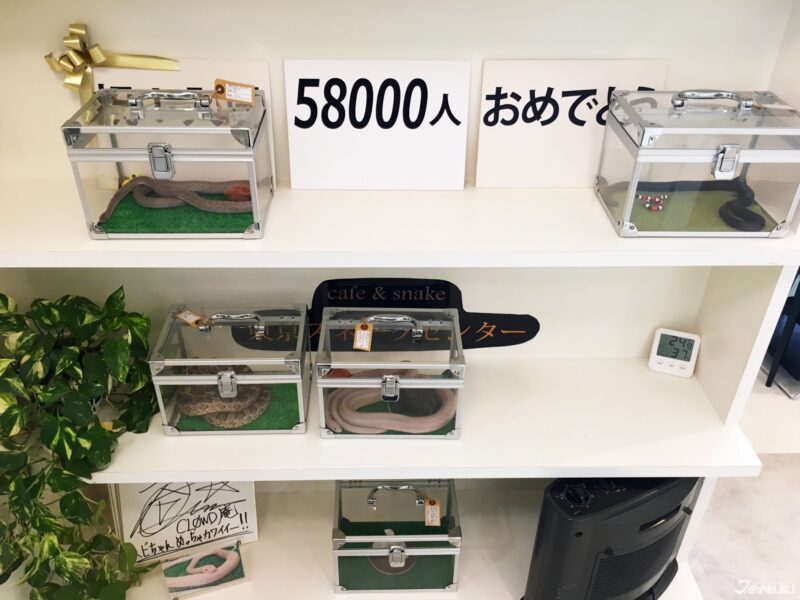
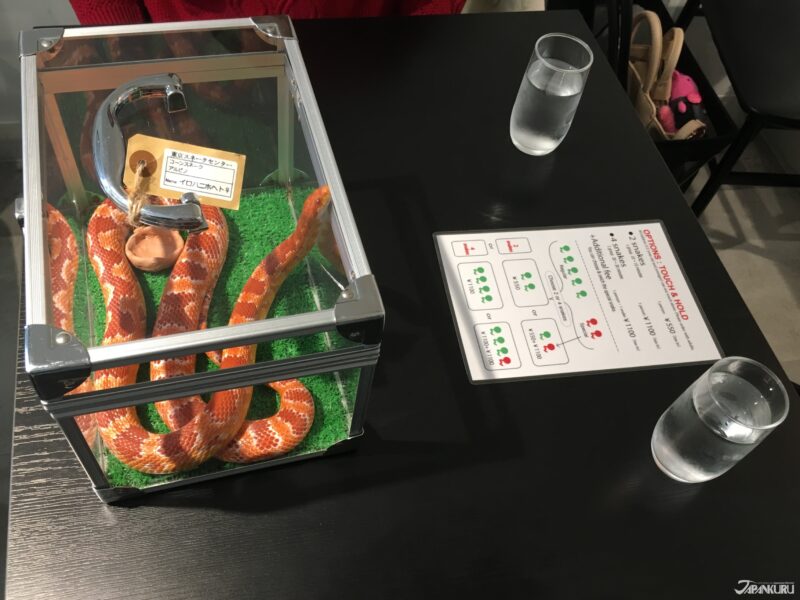
Head inside, and the first step is to choose your own “snake attendant.” A rotating selection of the center’s smaller snakes hang out by the door ready to join you at your table and provide some friendly company during your visit. You can always swap your table snake out for any of the others (who aren’t already engaged), but it’s easy to get attached to your first choice once you’ve spent some time together! Fortunately, there are snake tanks in between the cafe tables, too, so there’s ample opportunity to admire different snakes while you’re there.
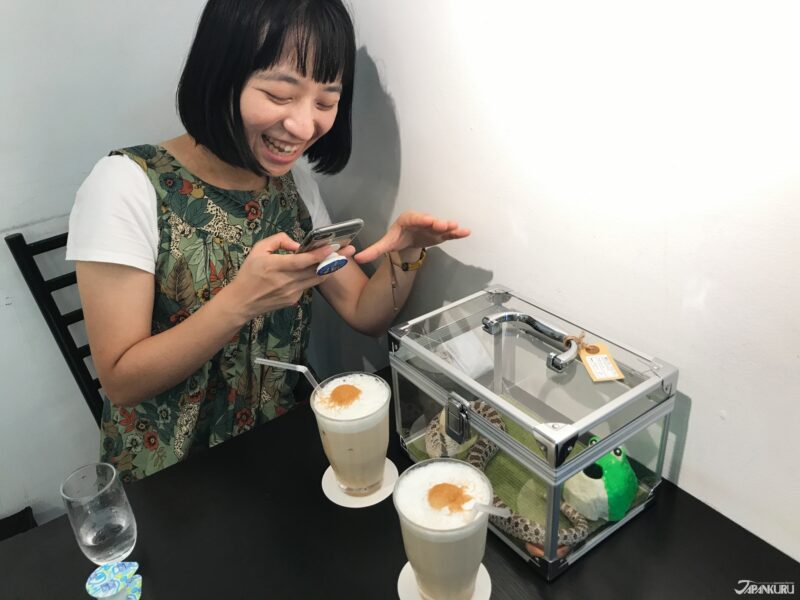
After being seated it’s time to order, and the menu includes a fairly wide variety of drinks and snacks. Options like coffee and tea are included in the 1,650 yen admission fee, and fancier drinks (everything from cocoa topped with whipped cream to alcoholic beverages) are available for an additional 110 ~ 220 yen. There’s even a small menu of snacks and sweets, including sandwiches and french fries, if you’re looking for something to nibble on. These days many of Japan’s animal cafes are “cafes” in name only, and mostly just provide spaces to play with animals for a limited time. But the Tokyo Snake Cafe is a genuine cafe, and when it’s not too busy, you can really take your time enjoying the drinks and relaxing among the snakes.
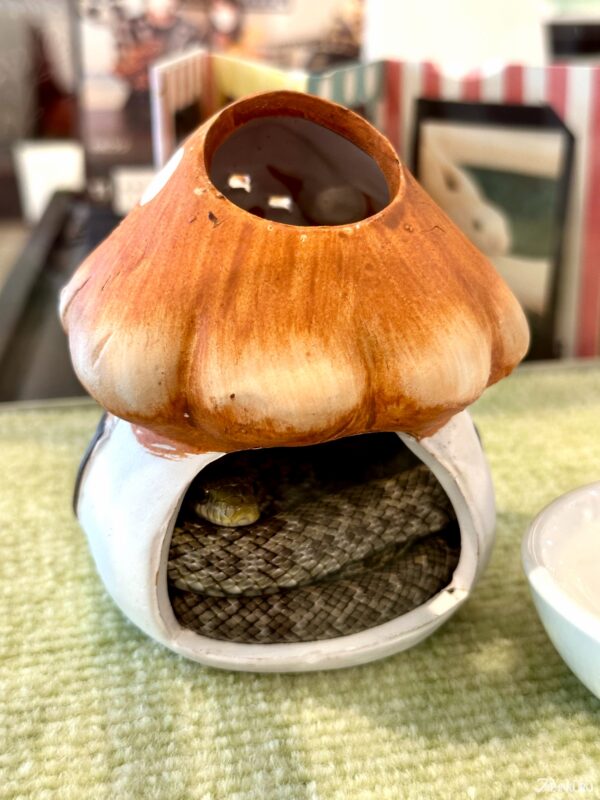
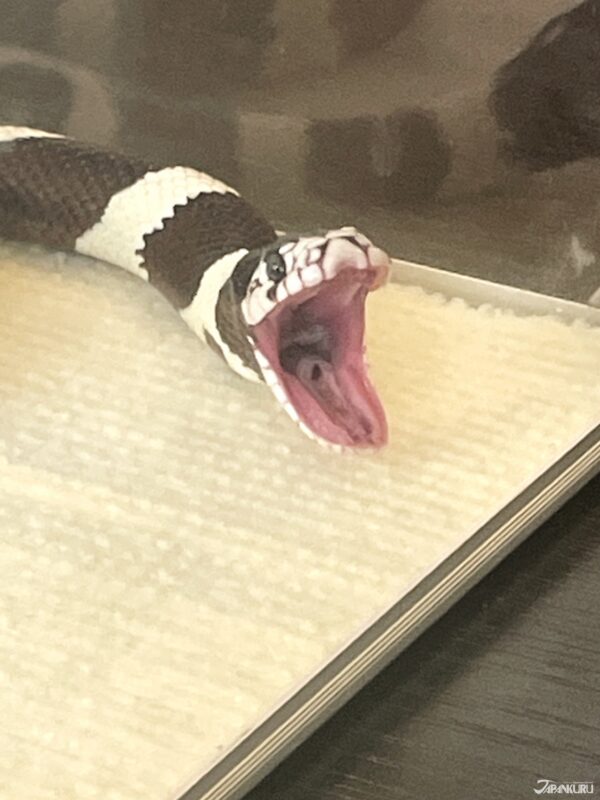
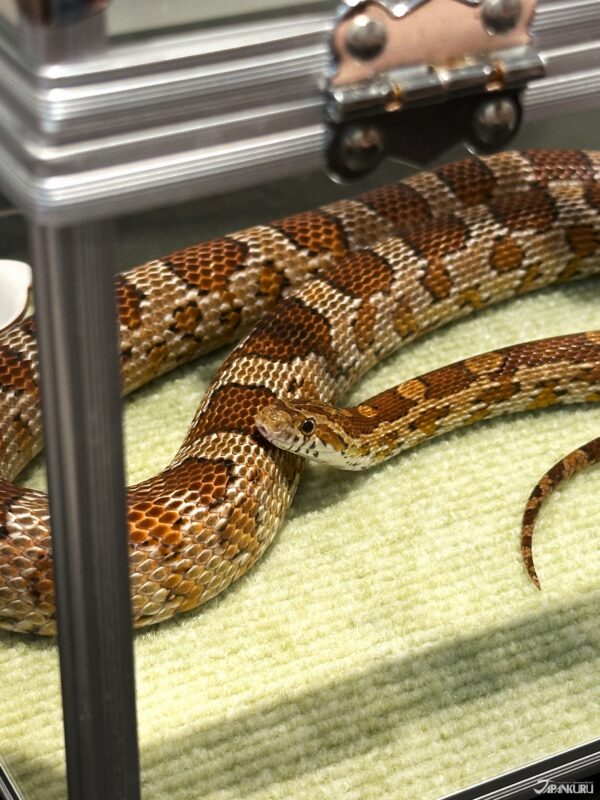
The menu also includes options like the snake-feeding experience, where you use a pair of long tongs to offer a tasty dead mouse to one of the center’s hungry snakes. Each table also has the option of choosing a time to play with the snakes for an additional fee. It’s definitely worth holding the snakes, but there’s plenty of entertainment to be found just observing the snakes in their tanks. You never realize how cute a snake is while it’s yawning (as seen above) or drinking water until you get to see it happen right in front of your eyes! If the staff aren’t too busy, you can also ask them about some of the snakes’ unusual names and origin stories. Ten (left) is actually a native Japanese rat snake once kept as a pet, while Xile (center) is a California kingsnake named after a Japanese boyband, and Shinagawa the colorful corn snake (right) was a sneaky escapee who slithered out of his home somewhere in the Shinagawa area of Tokyo, only to be captured by the local police and turned in to the Tokyo Snake Center (when his humans couldn’t be found).
Playing With Tokyo’s Sweetest Snakes
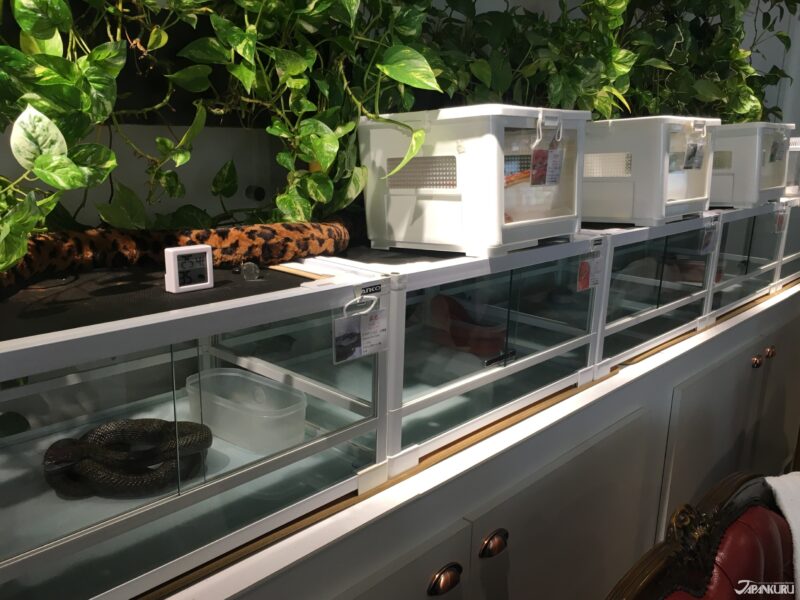

At the snake cafe, it feels pretty easy to empathize with Eve, because holding a snake really is very tempting. Fortunately, there’s a whole menu of options, allowing you to spend some time playing with a few of the Tokyo Snake Center’s most friendly snakes. The cafe can’t make promises for these wild animals, but as long as you play nice with the snakes, they play nice with you too, happily making their way across your lap or poking their heads through your fingers. If you’ve never held a snake before, the smooth texture of their scales and the gentle squeeze of their strong side muscles is really quite enchanting.
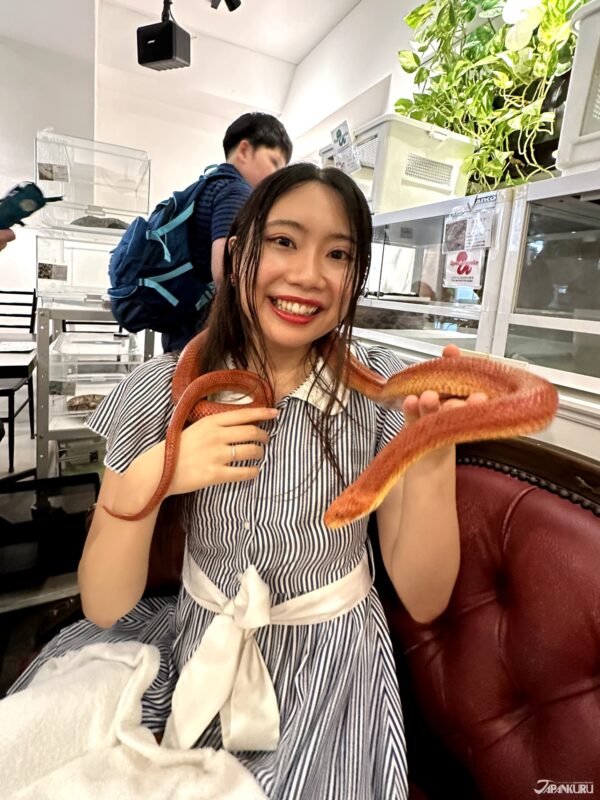
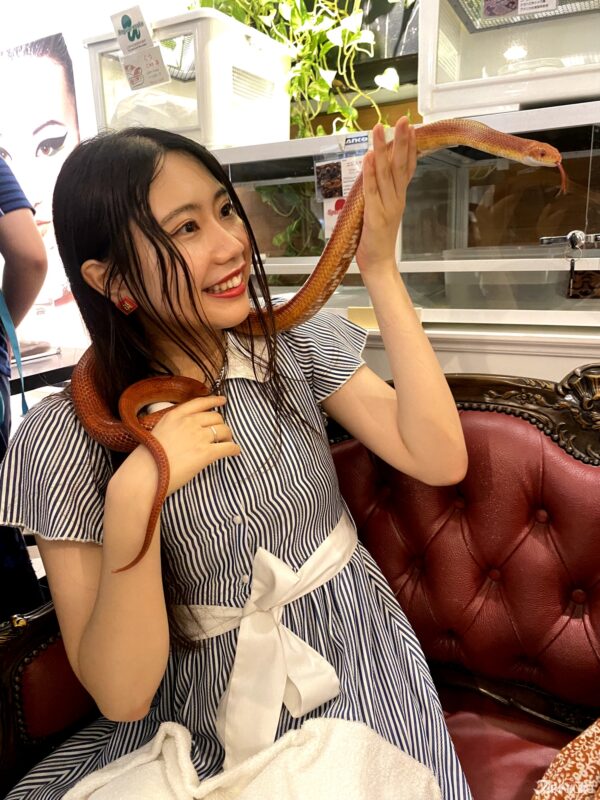
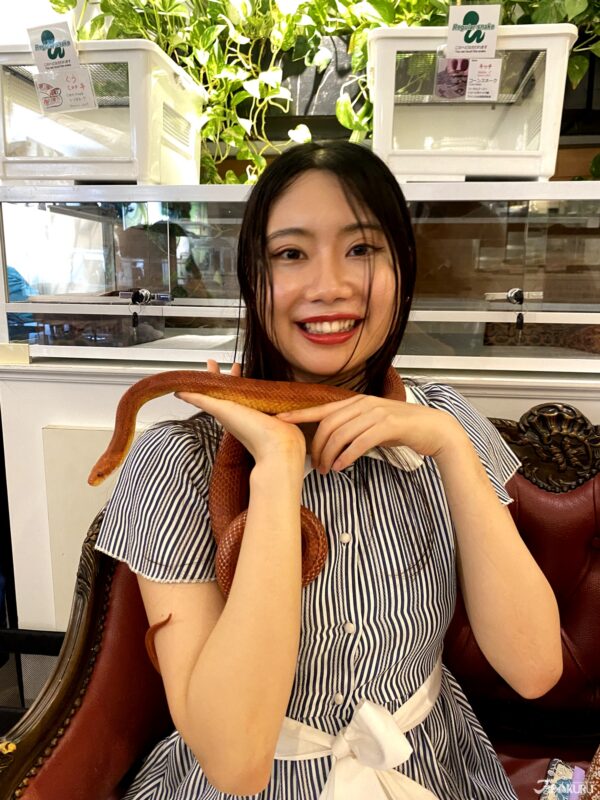
Precautions are taken to make sure the whole experience is never stressful for the snakes, so staff will keep an eye on things and let the snake go back to resting after you hang out for a few minutes, but you can choose one snake per visit to wrap around your neck for some especially cool pictures!
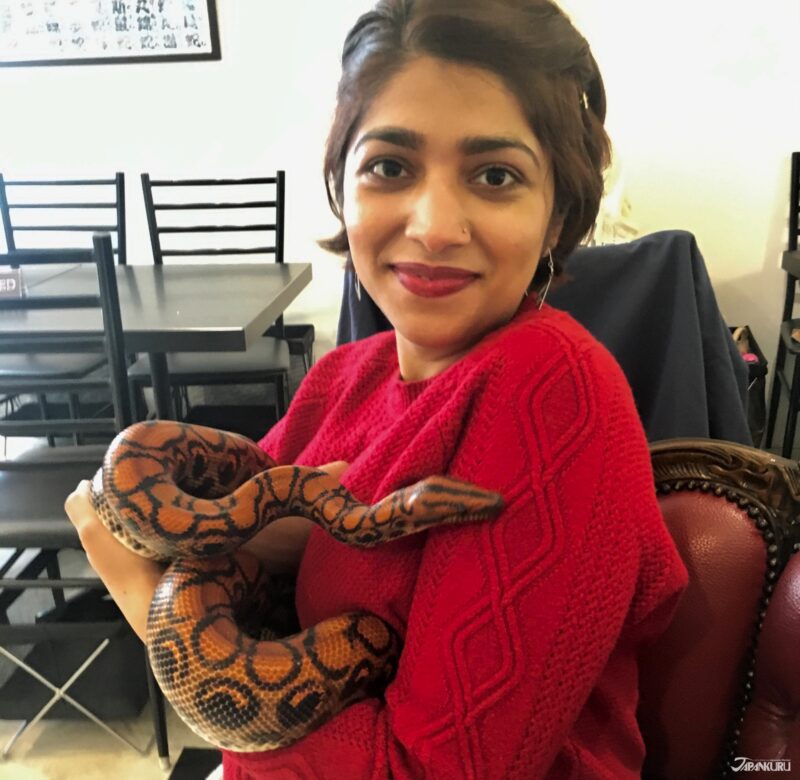
If you want to choose two snakes to hold, the cafe charges 550 yen per person, and four snakes is 1,100 yen per person, but if the selection “regular snakes” (mostly cute little corn snakes) doesn’t seem exciting enough, you can also pay the “special snake” fee to hold some of the bigger or more rare snakes in the cafe, like Nijiko the beautiful rainbow boa.
Before You Go…! 
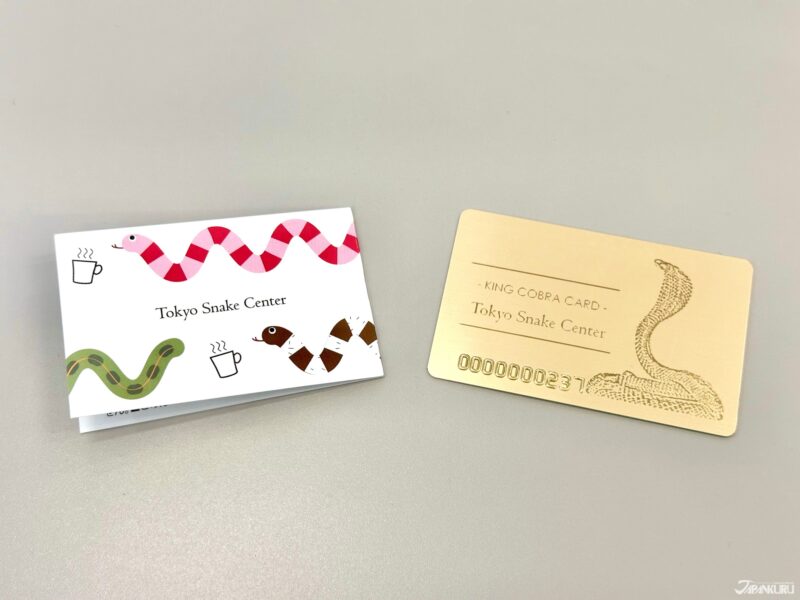
It’s tempting to stay at the Tokyo Snake Center all day long, but before you leave, there are some fun things to look out for! Of course the snake cafe has a fun selection of gifts and souvenirs available for purchase, from products made with naturally shed snake skin to snake-shaped accessories. They also produce a new calendar every year, and if you happen to visit during the right time of year (usually about a month at the end of summer) then you can actually cast your vote for your favorite snake, with the most popular snake attendants making their way onto the calendar pages. If you really enjoyed your time and can’t wait to get back, then make a Tokyo Snake Center stamp card on your way out. A dozen stamps will get you a ticket for a free visit to the cafe, and two dozen will earn you your very own King Cobra Card, which lets you hold snakes for free. You’ll be planning your next trip to Tokyo’s first snake cafe before you head out the door!
Half a lifetime ago I came to Japan for a semester abroad... and I never left. I guess I really like the place! I spent my first few years in Japan living in the middle of nowhere, so I'd love to hear your Tokyo recommendations via Japan's social media accounts!

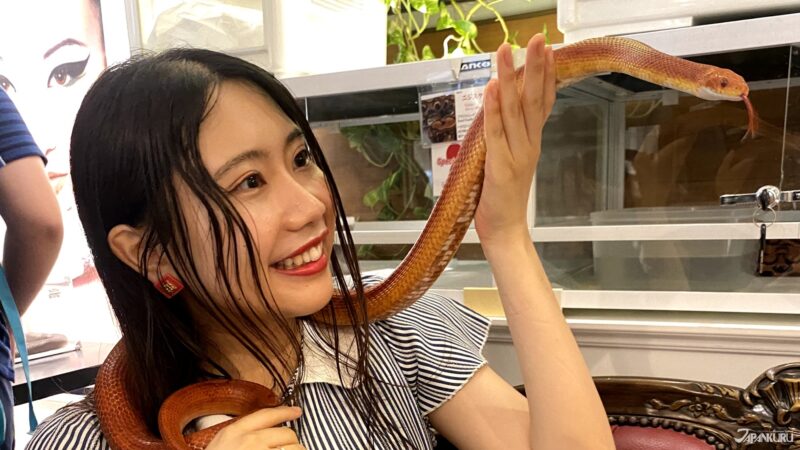
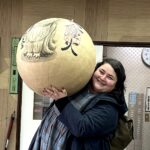



 >> Find out more at Japankuru.com! (link in bio)
#
>> Find out more at Japankuru.com! (link in bio)
#





 The Robot Restaurant is gone, but the Samurai Restaurant is here to take its place. Check it out, and don't forget your coupon!
The Robot Restaurant is gone, but the Samurai Restaurant is here to take its place. Check it out, and don't forget your coupon!
 신주쿠의 명소 로봇 레스토랑이 사무라이 레스토랑으로 부활! 절찬 쿠폰 발급중
신주쿠의 명소 로봇 레스토랑이 사무라이 레스토랑으로 부활! 절찬 쿠폰 발급중
 18歲以上才能入場的歌舞秀,和你想的不一樣!拿好優惠券去看看~
#tokyo #shinjuku #samurairestaurant #robotrestaurant #tokyotrip #도쿄여행 #신주쿠 #사무라이레스토랑 #이색체험 #할인이벤트 #歌舞伎町 #東京景點 #武士餐廳 #日本表演 #日本文化體驗 #japankuru #japantrip #japantravel #japanlovers #japan_of_insta
18歲以上才能入場的歌舞秀,和你想的不一樣!拿好優惠券去看看~
#tokyo #shinjuku #samurairestaurant #robotrestaurant #tokyotrip #도쿄여행 #신주쿠 #사무라이레스토랑 #이색체험 #할인이벤트 #歌舞伎町 #東京景點 #武士餐廳 #日本表演 #日本文化體驗 #japankuru #japantrip #japantravel #japanlovers #japan_of_insta
 코지마 x 빅 카메라 쿠폰으로 일본 가전 제품 쇼핑하기
#pr #japankuru #japanshopping #kojima #biccamera #japaneseskincare #yaman #dji #osmopocket3 #skincaredevice #日本購物 #美容儀 #相機 #雅萌 #日本家電 #일본여행 #면세 #여행꿀팁 #일본쇼핑리스트 #쿠폰 #일본쇼핑 #일본브랜드 #할인 #코지마 #빅카메라 #japankurucoupon
코지마 x 빅 카메라 쿠폰으로 일본 가전 제품 쇼핑하기
#pr #japankuru #japanshopping #kojima #biccamera #japaneseskincare #yaman #dji #osmopocket3 #skincaredevice #日本購物 #美容儀 #相機 #雅萌 #日本家電 #일본여행 #면세 #여행꿀팁 #일본쇼핑리스트 #쿠폰 #일본쇼핑 #일본브랜드 #할인 #코지마 #빅카메라 #japankurucoupon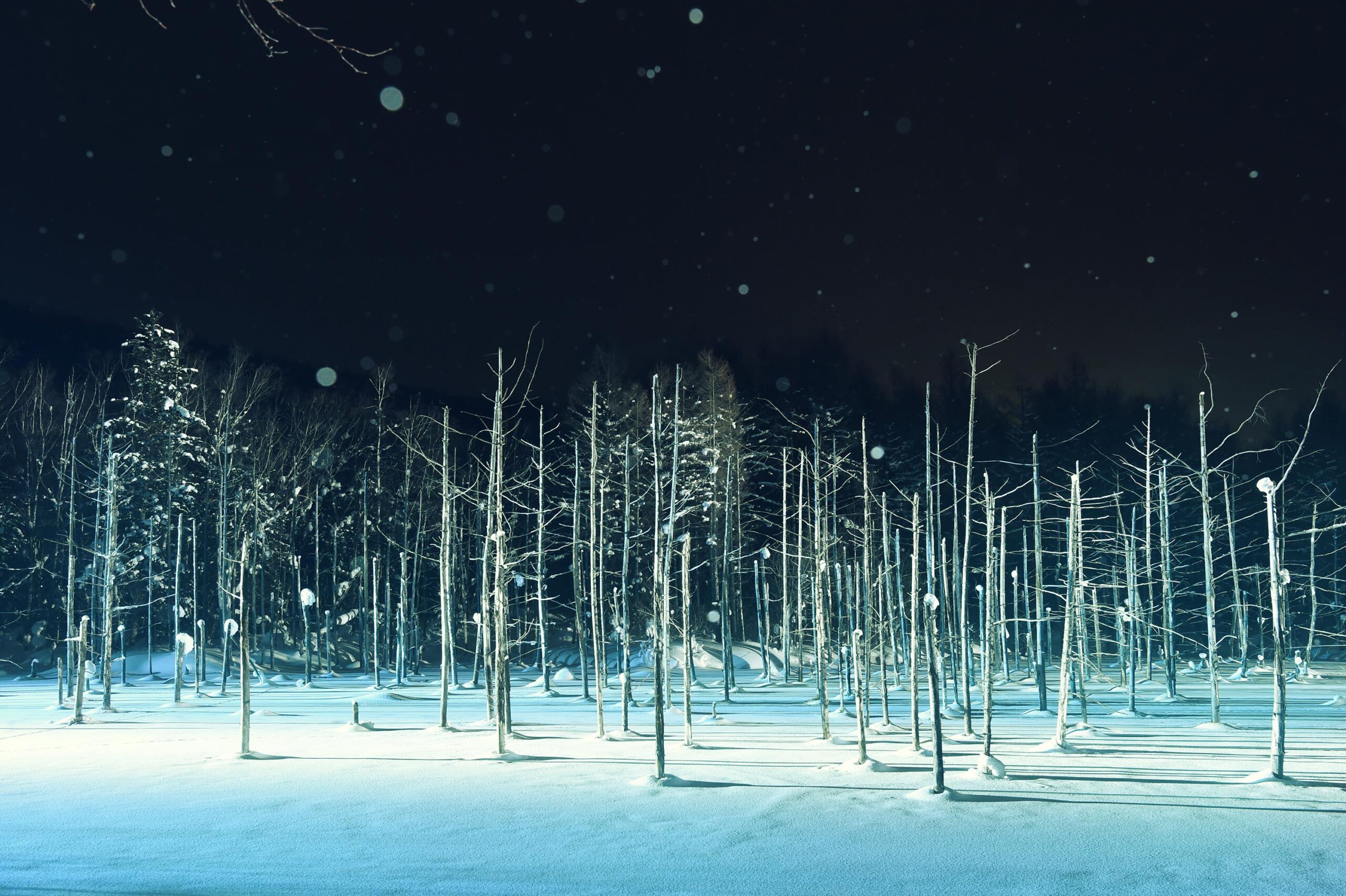
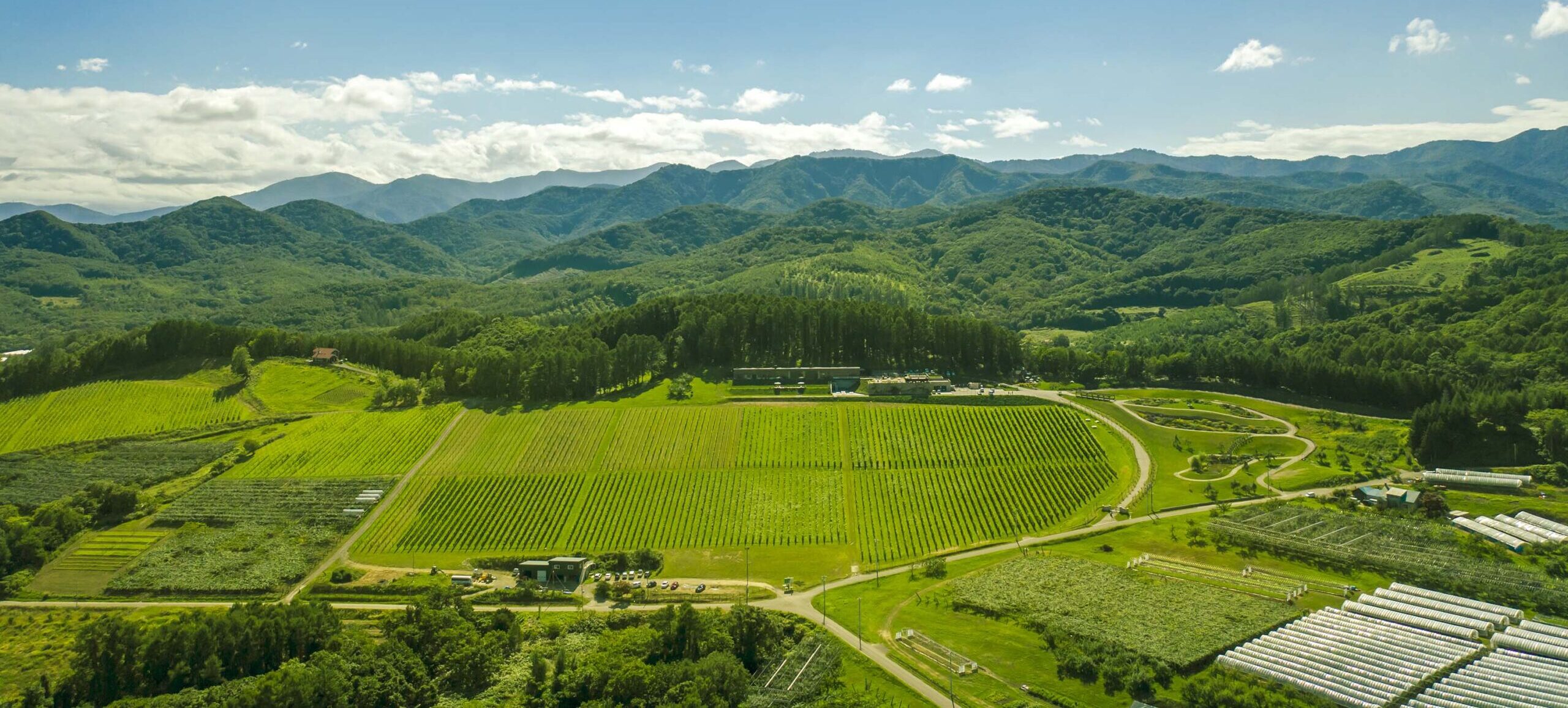
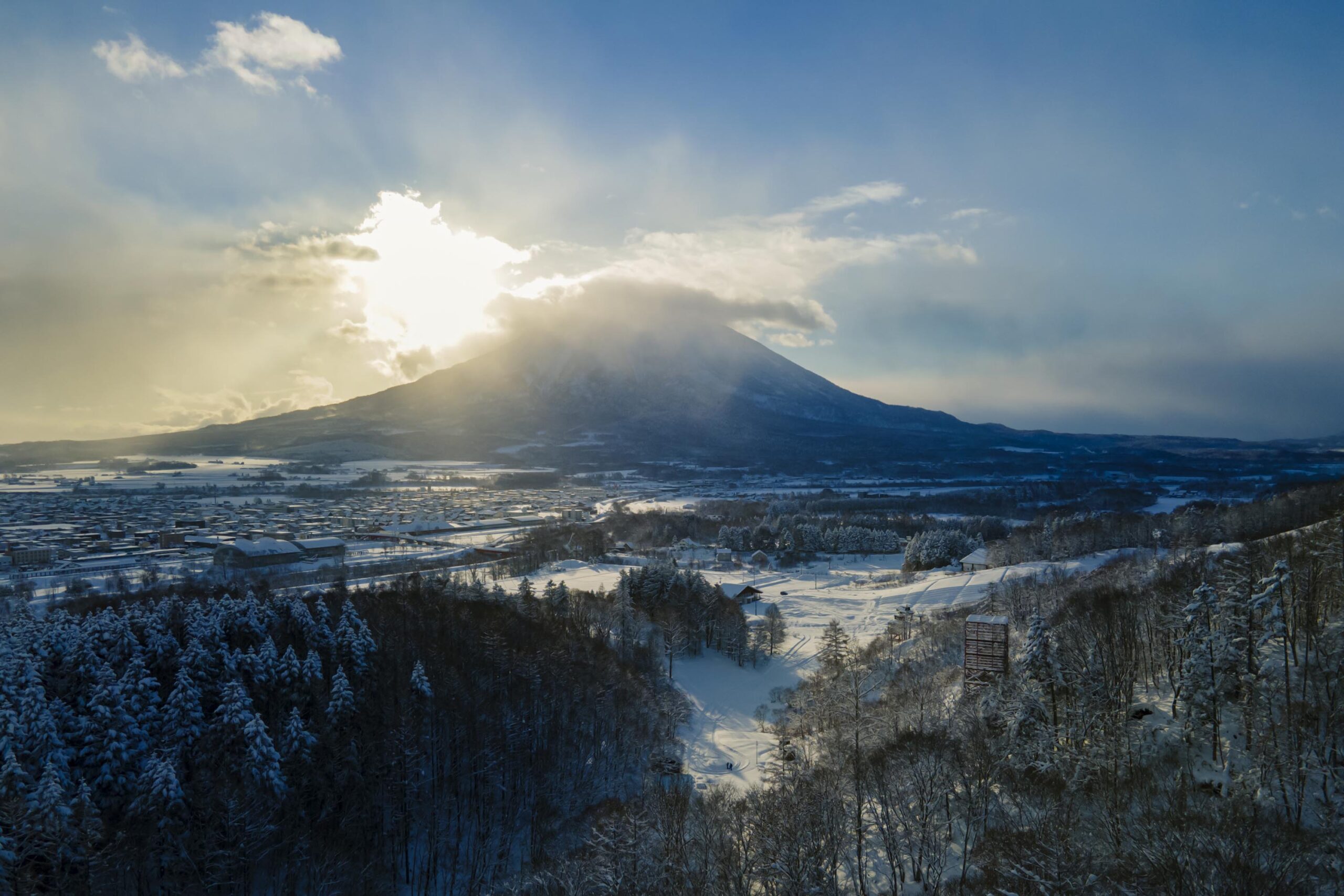
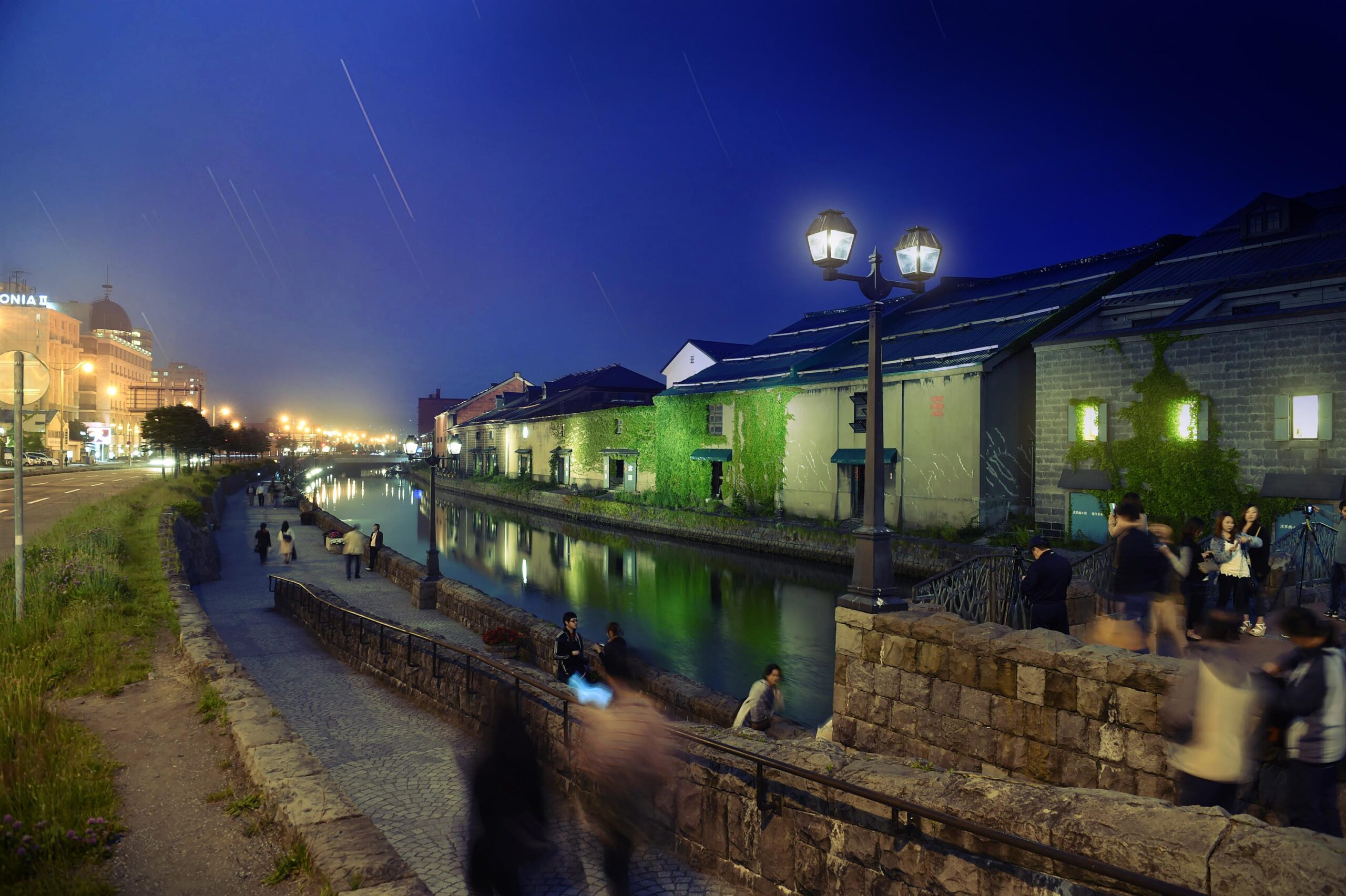
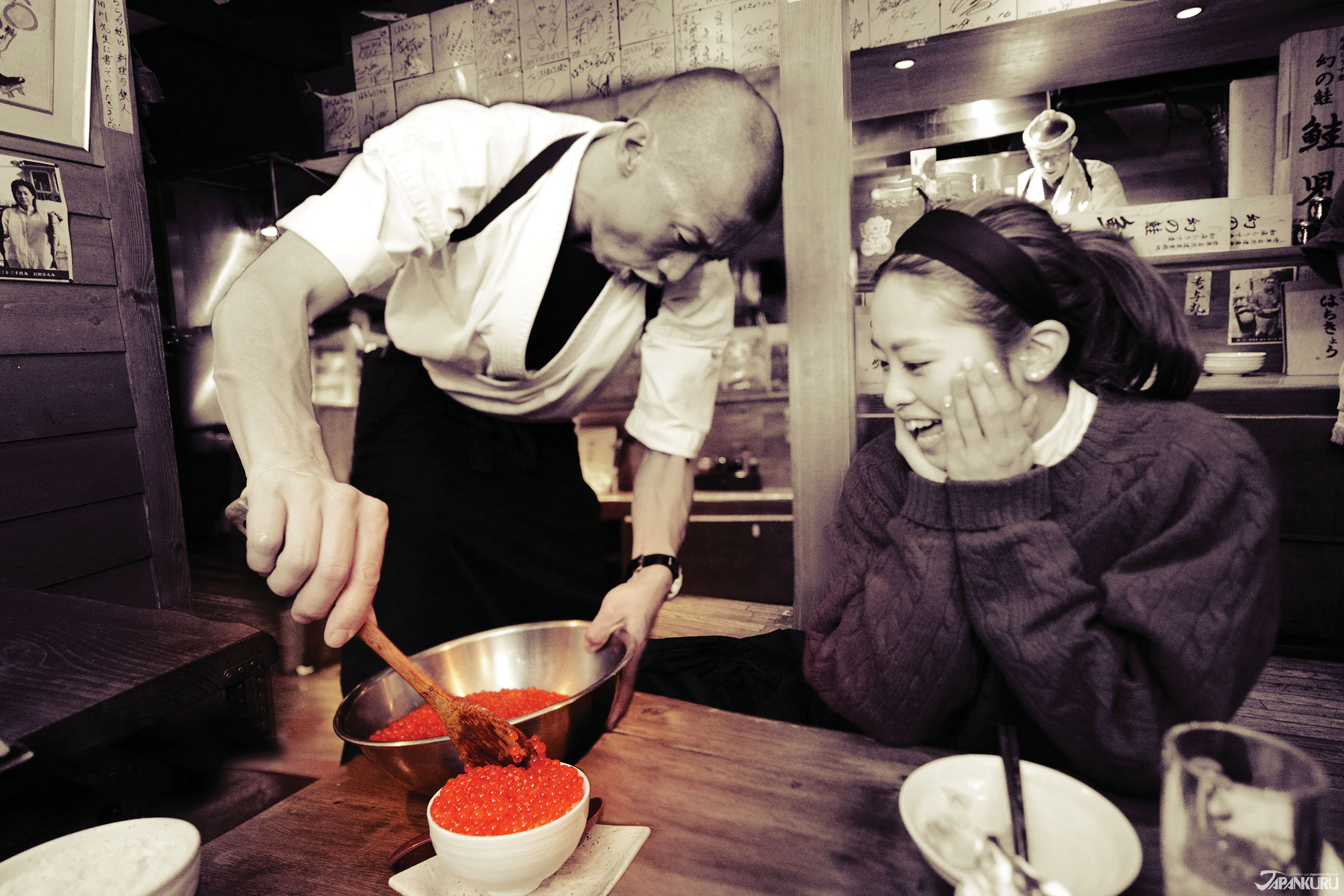
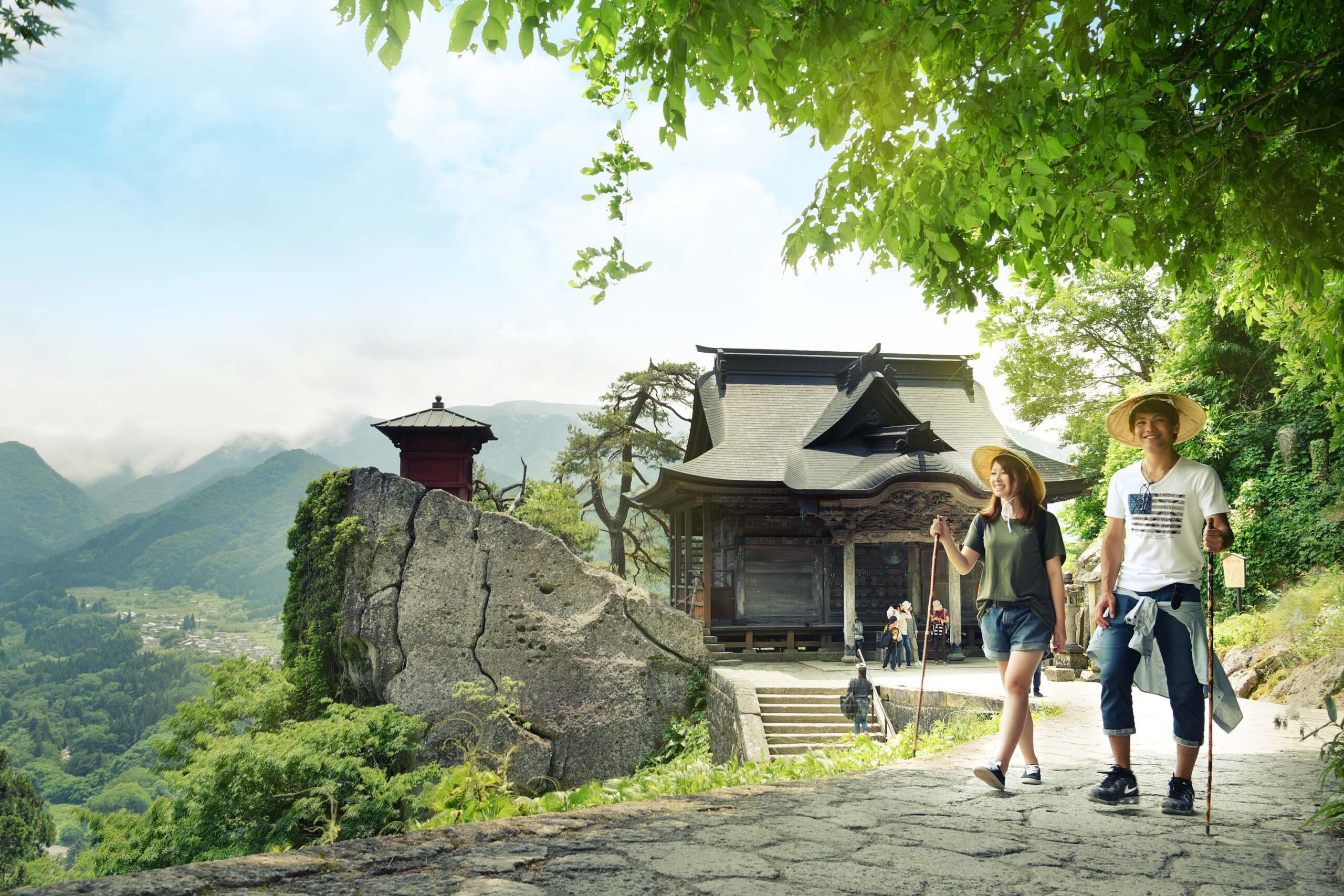
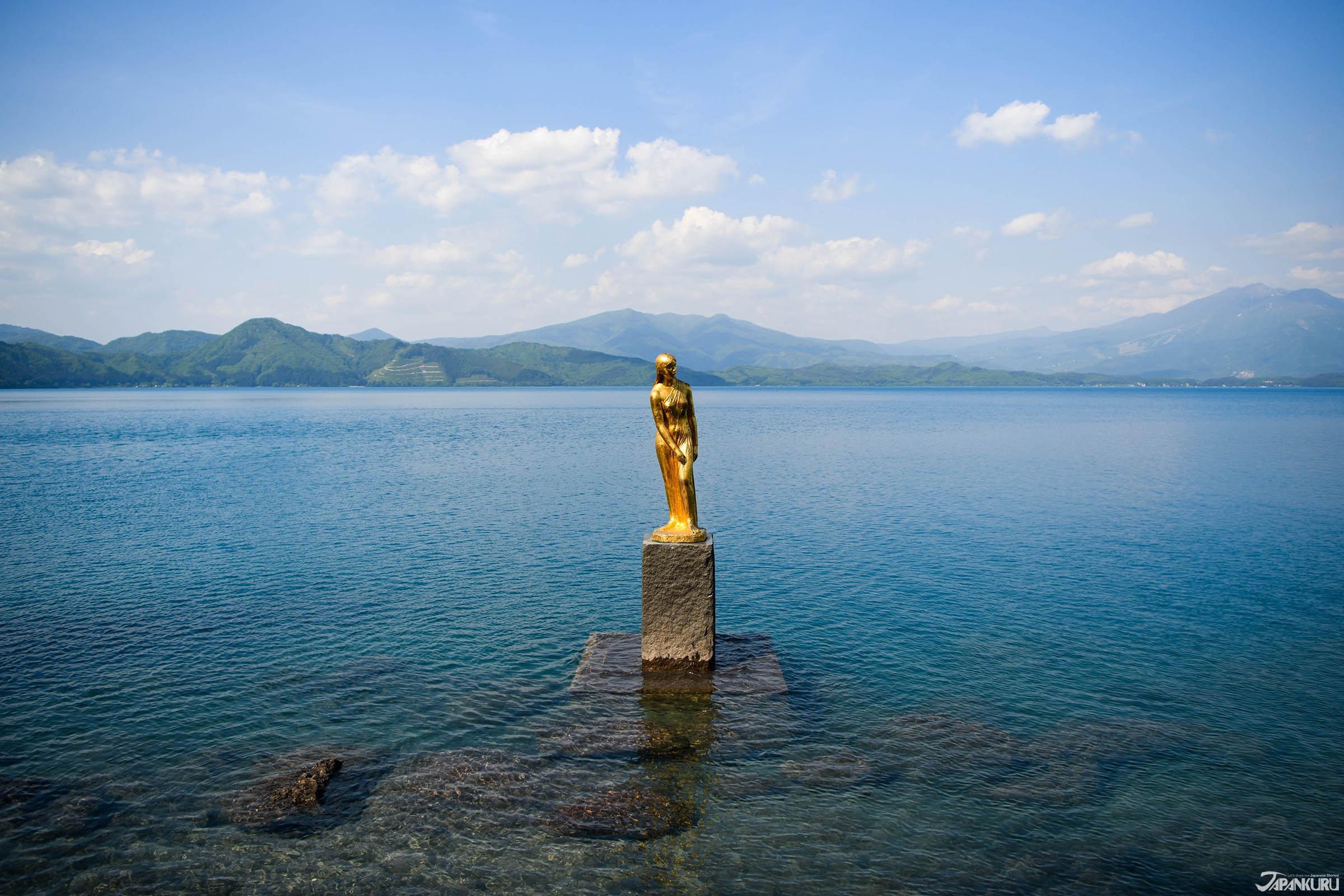

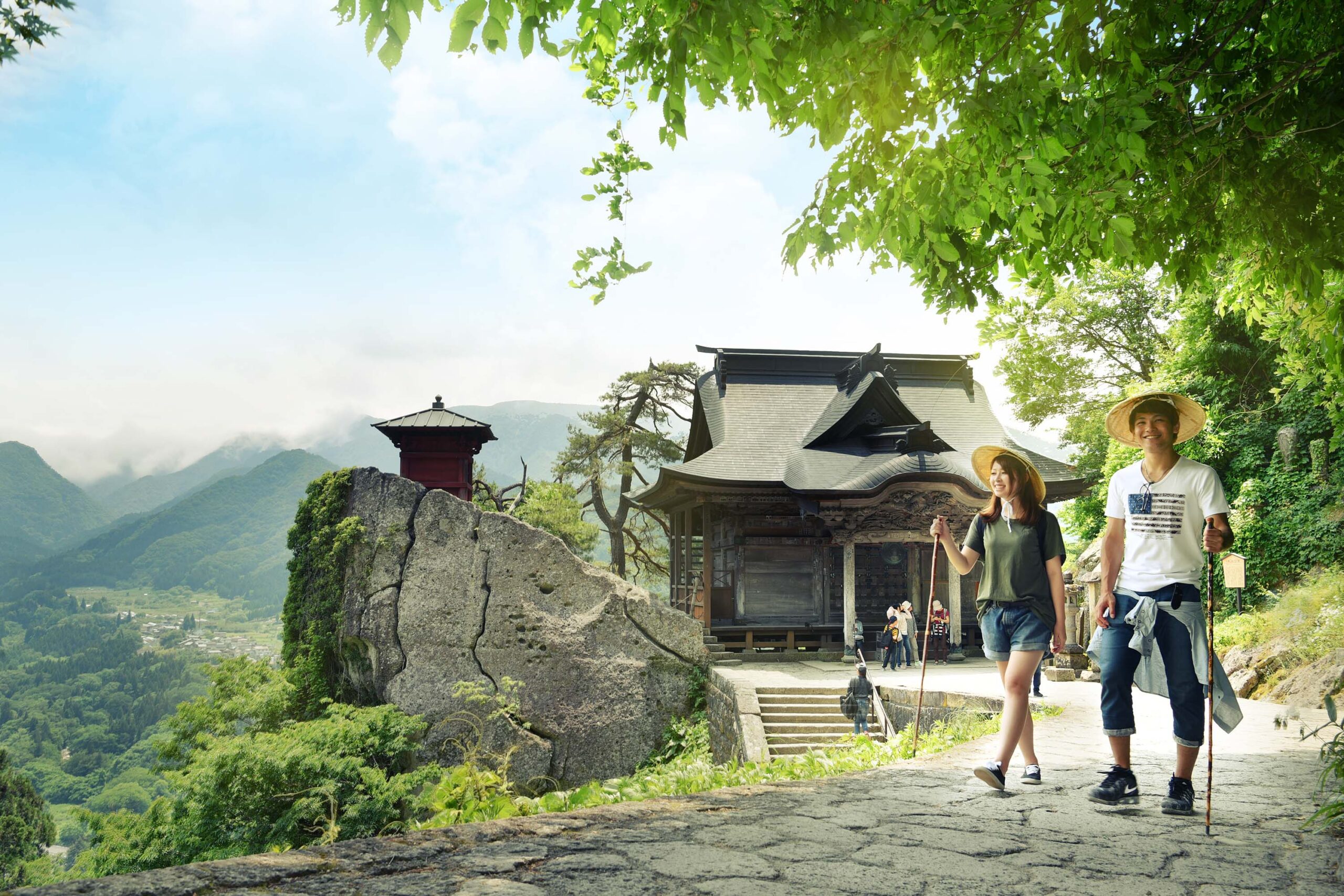
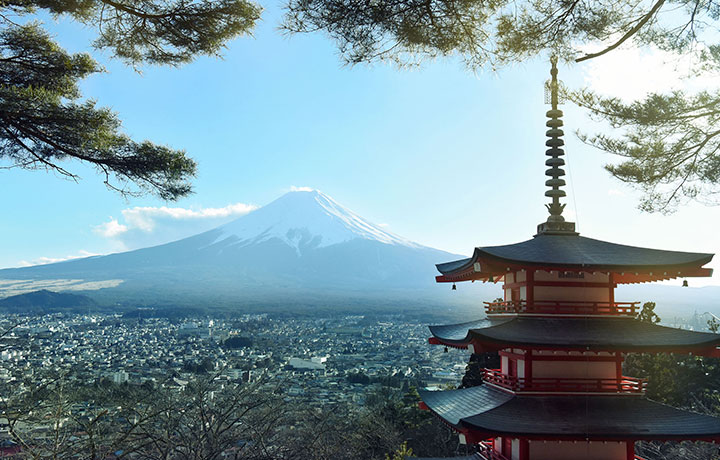
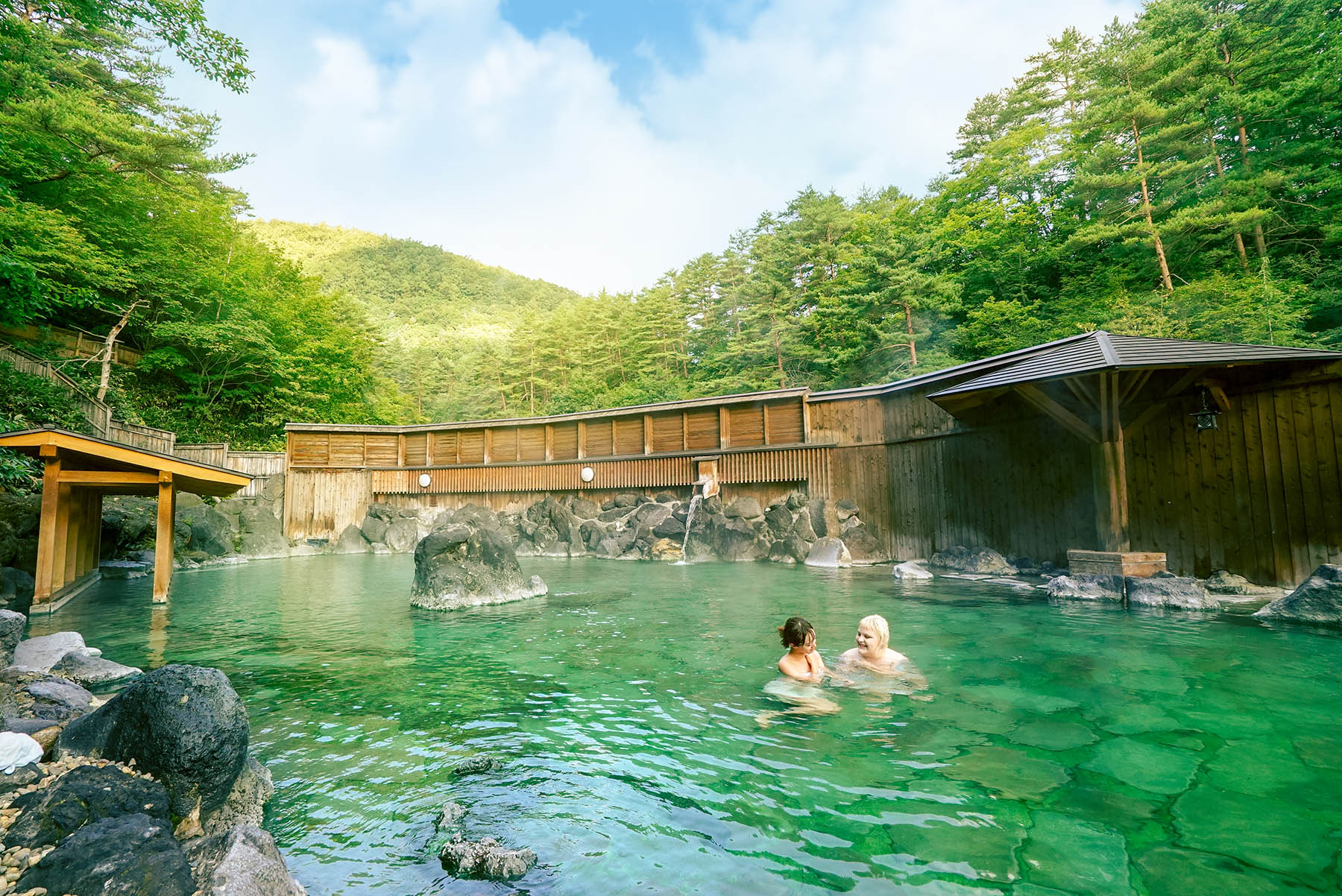

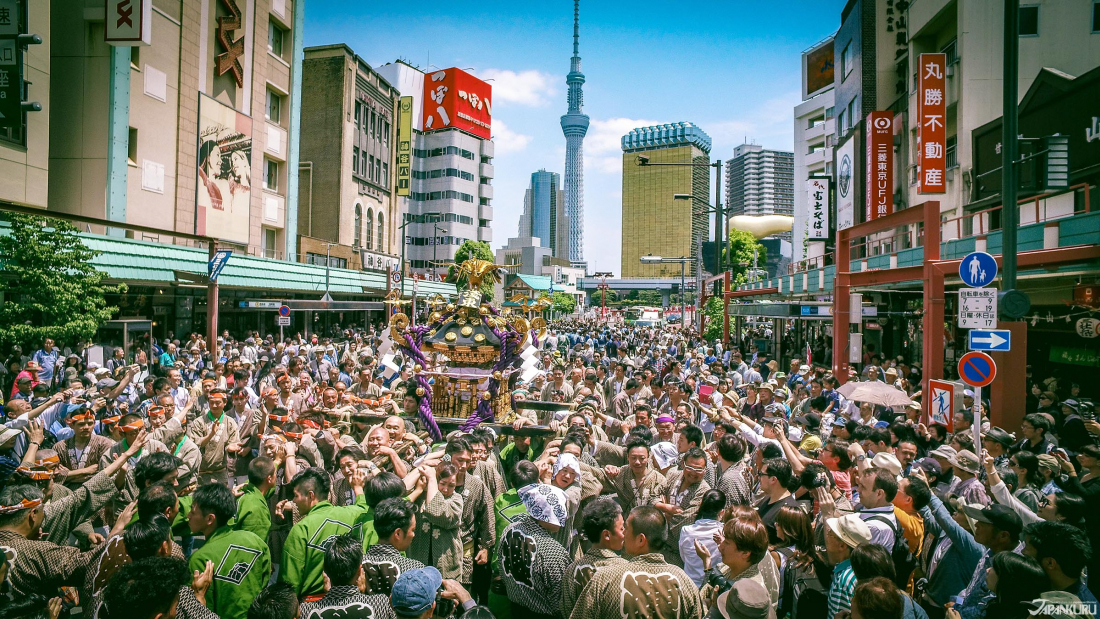
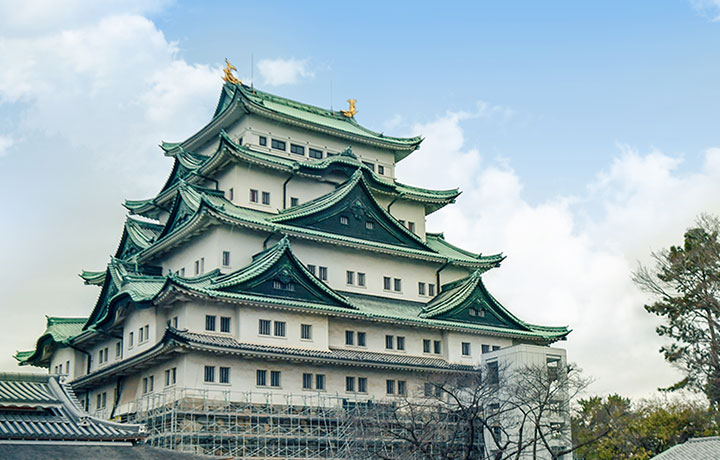
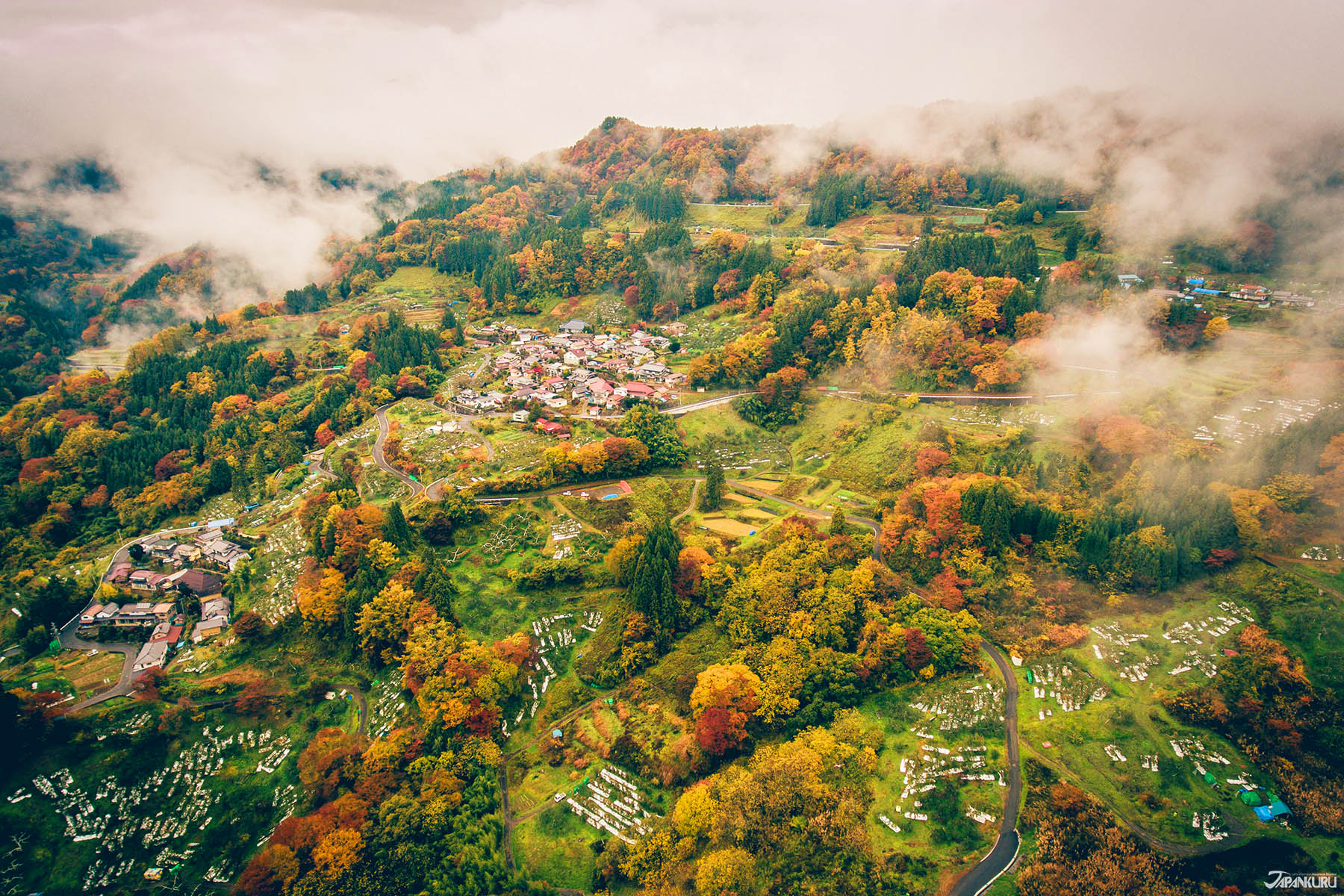
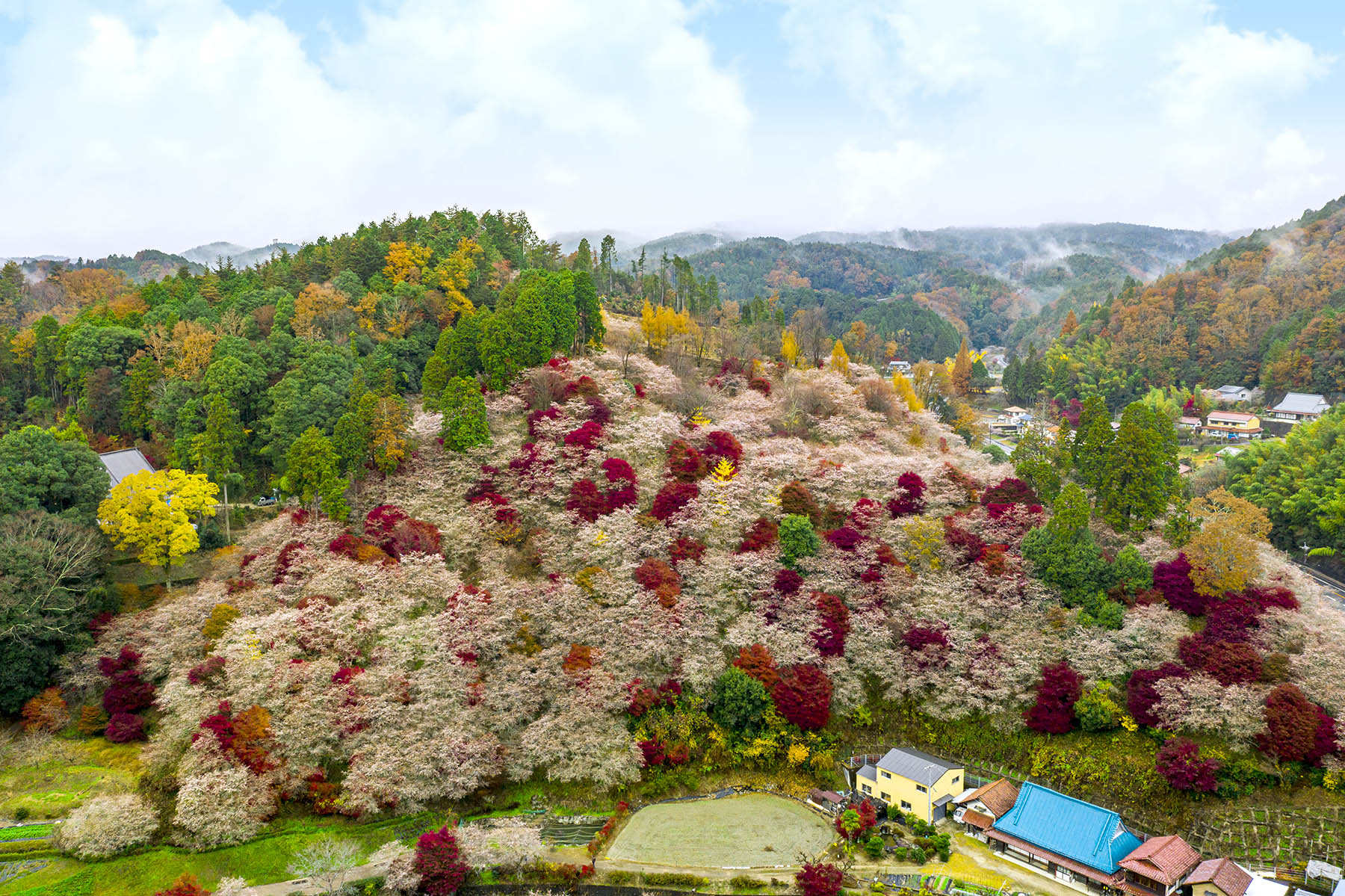
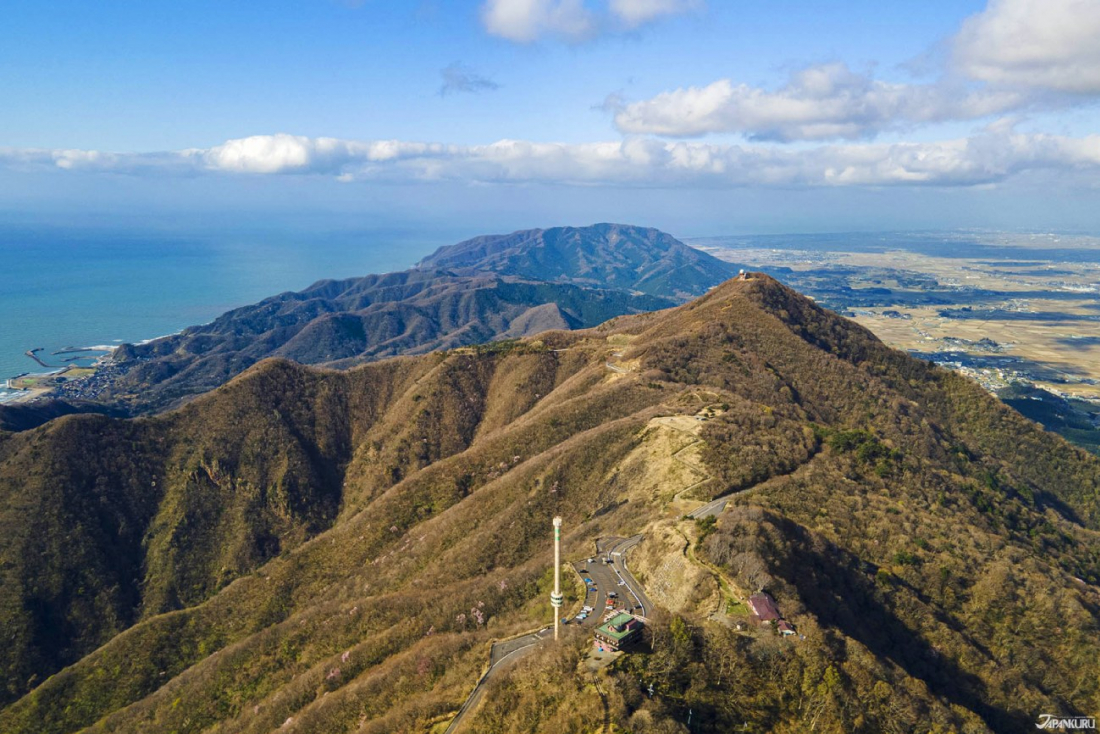
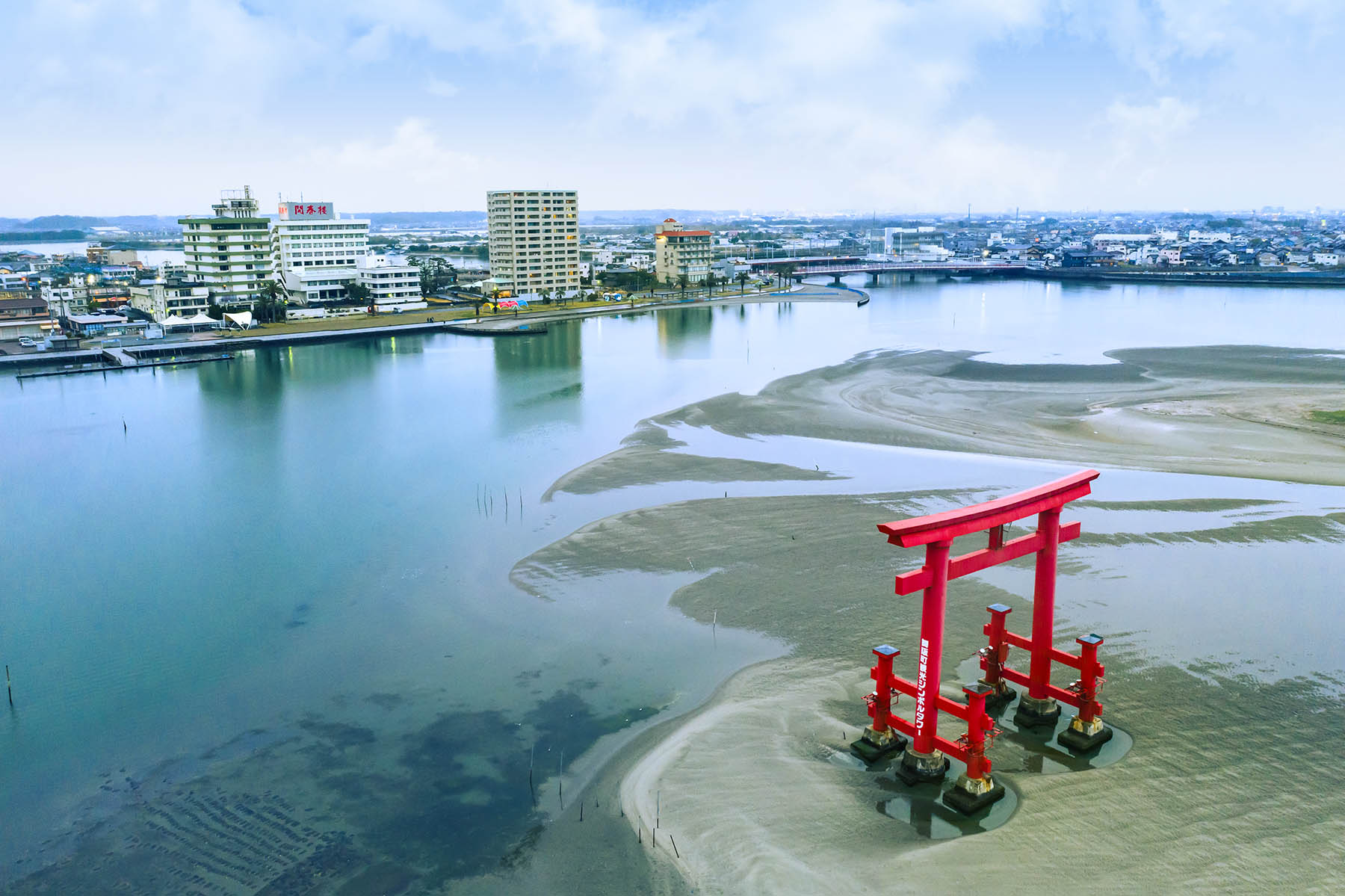
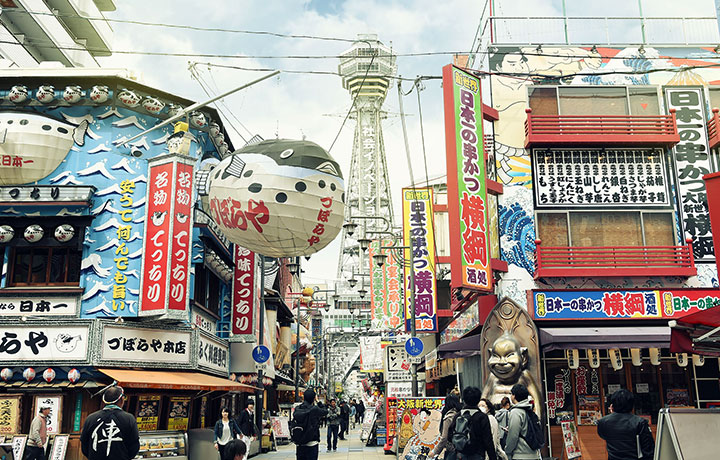

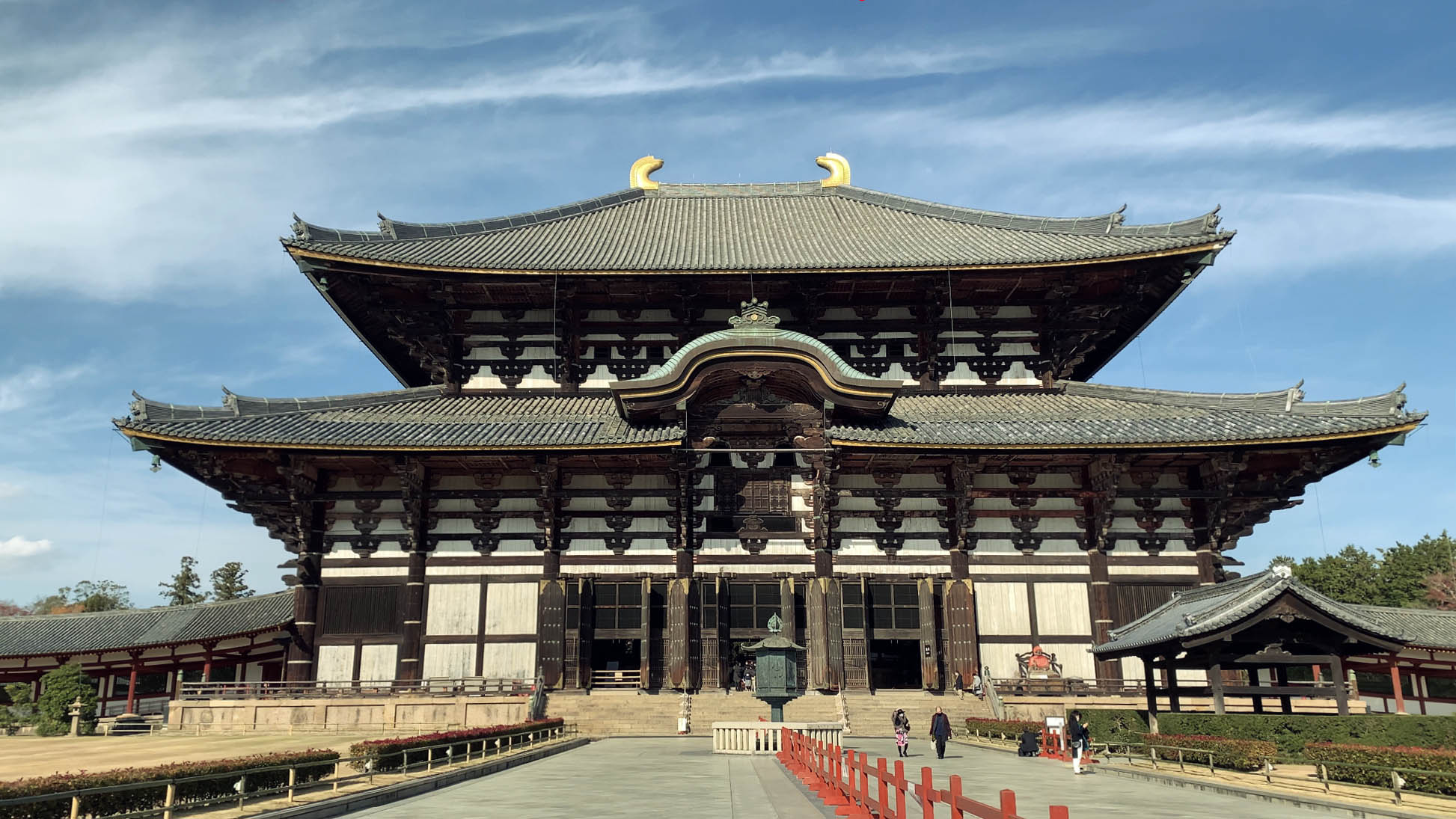
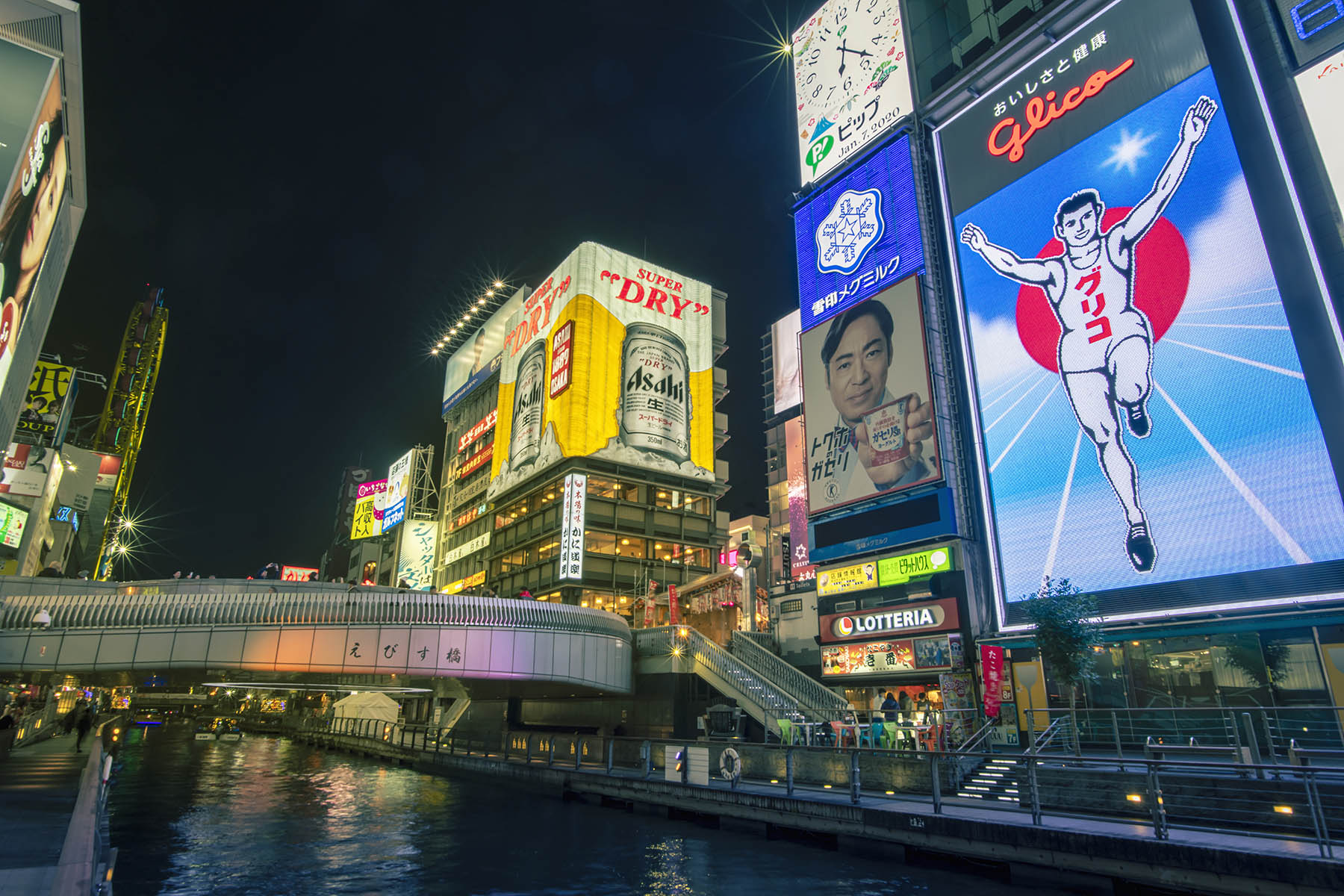
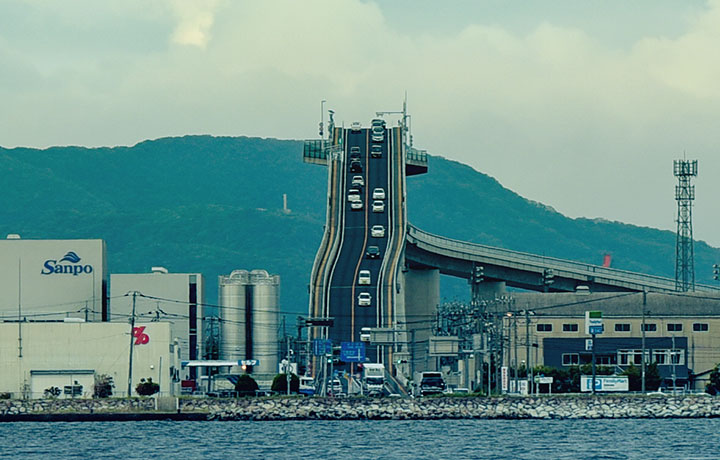
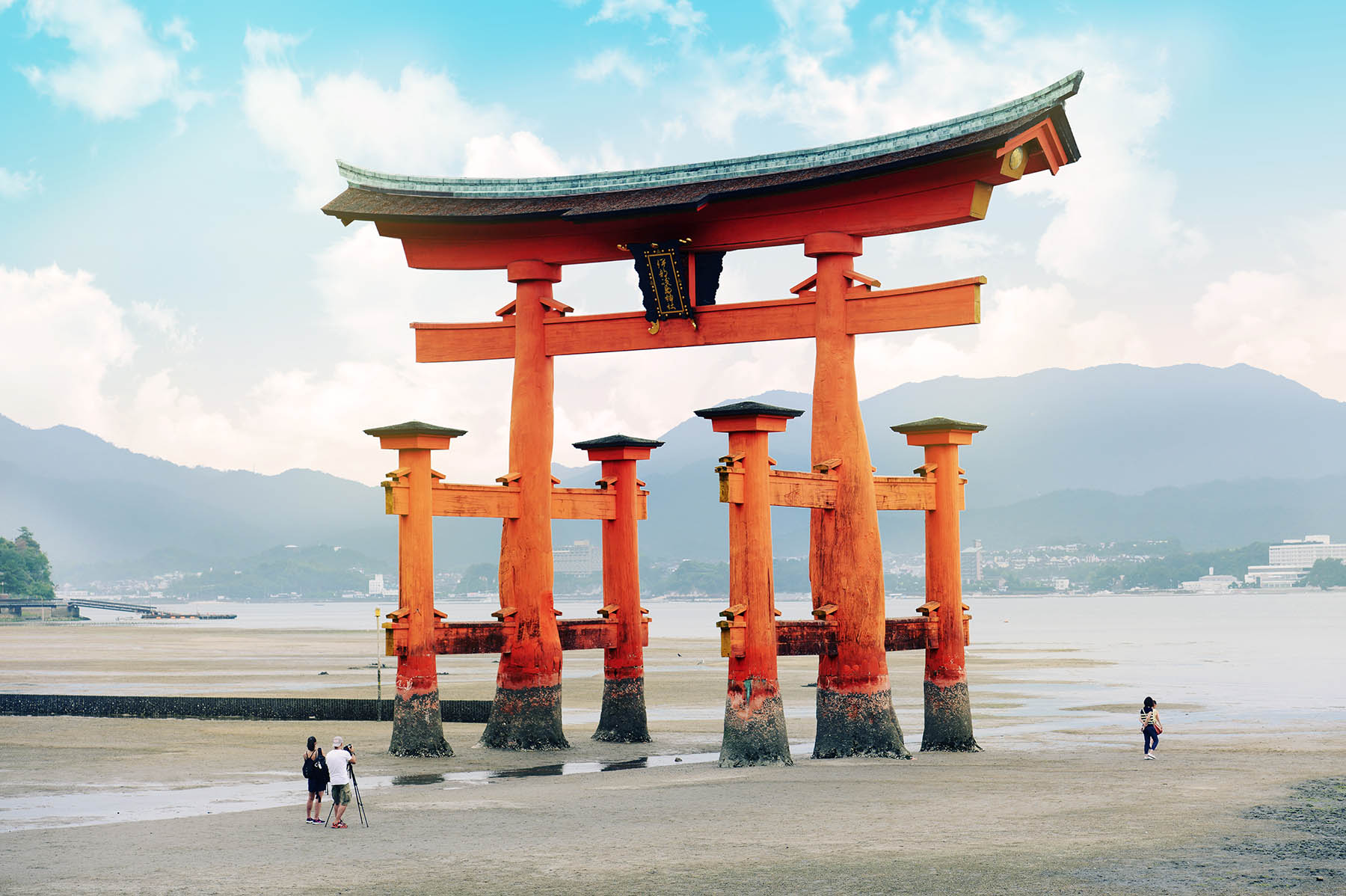
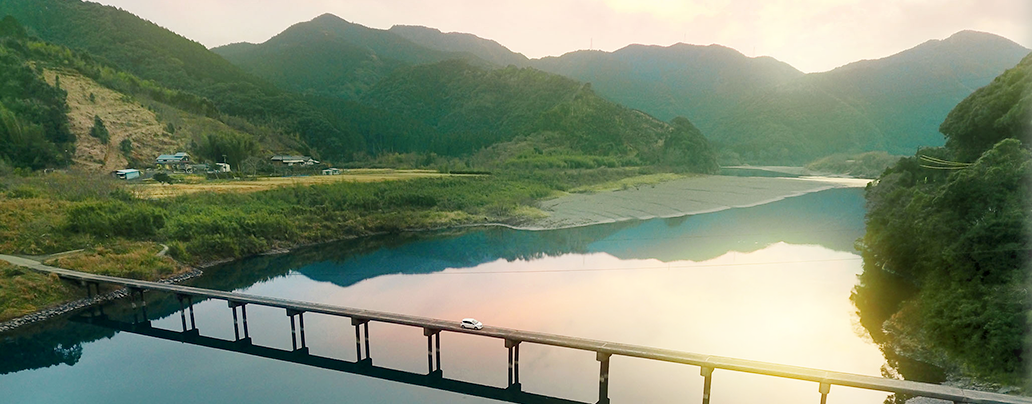
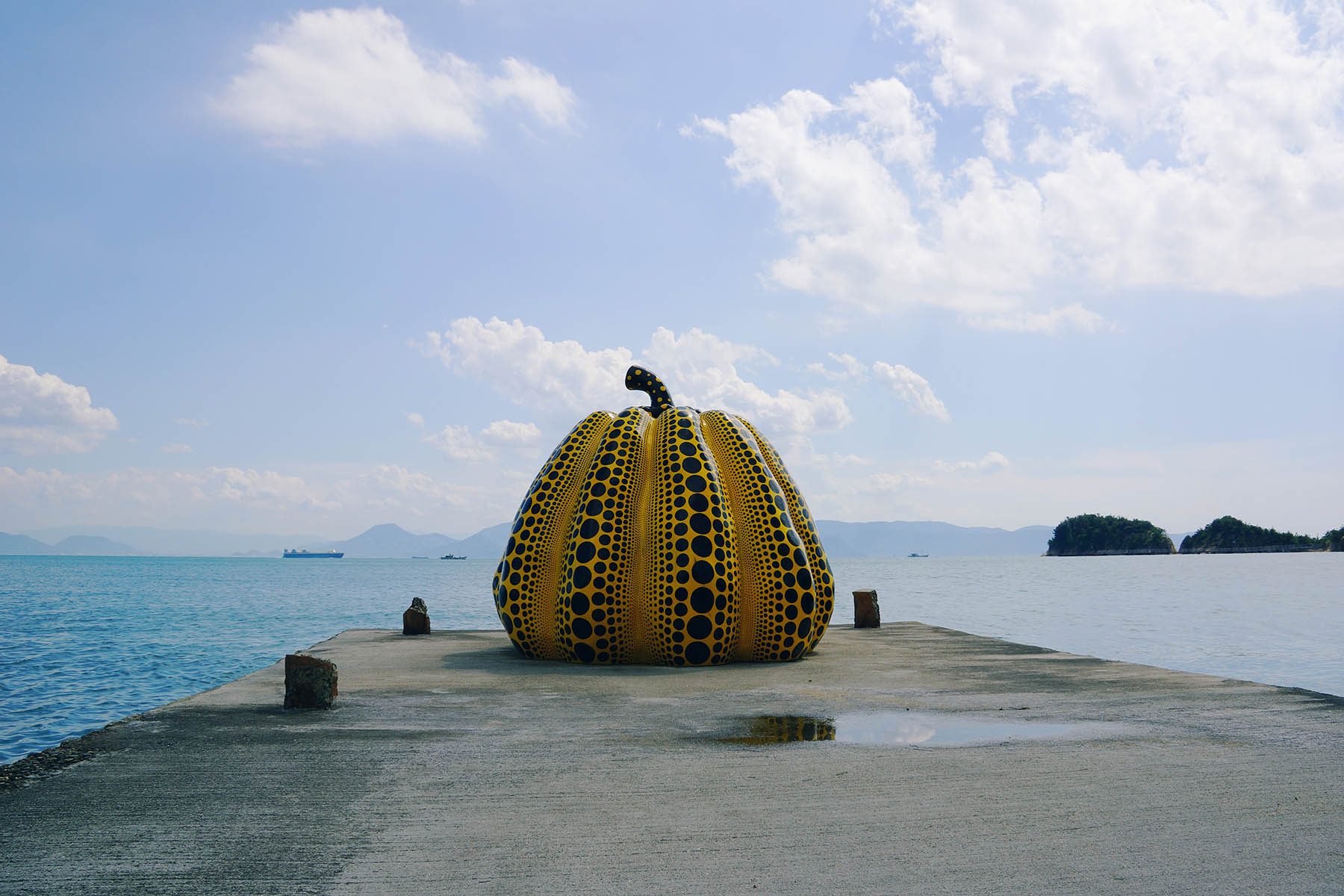
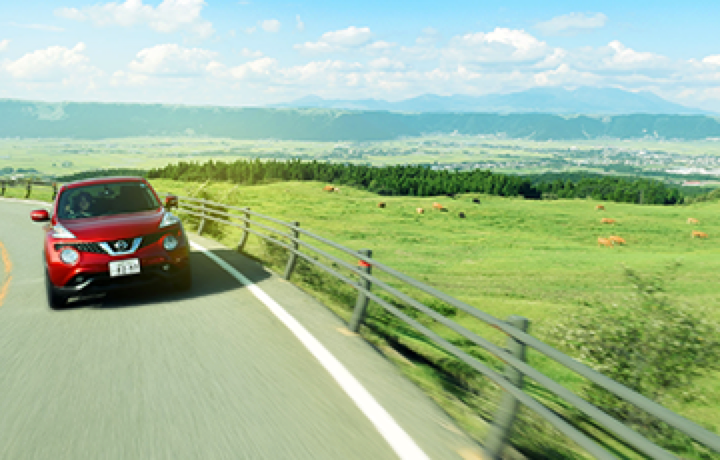
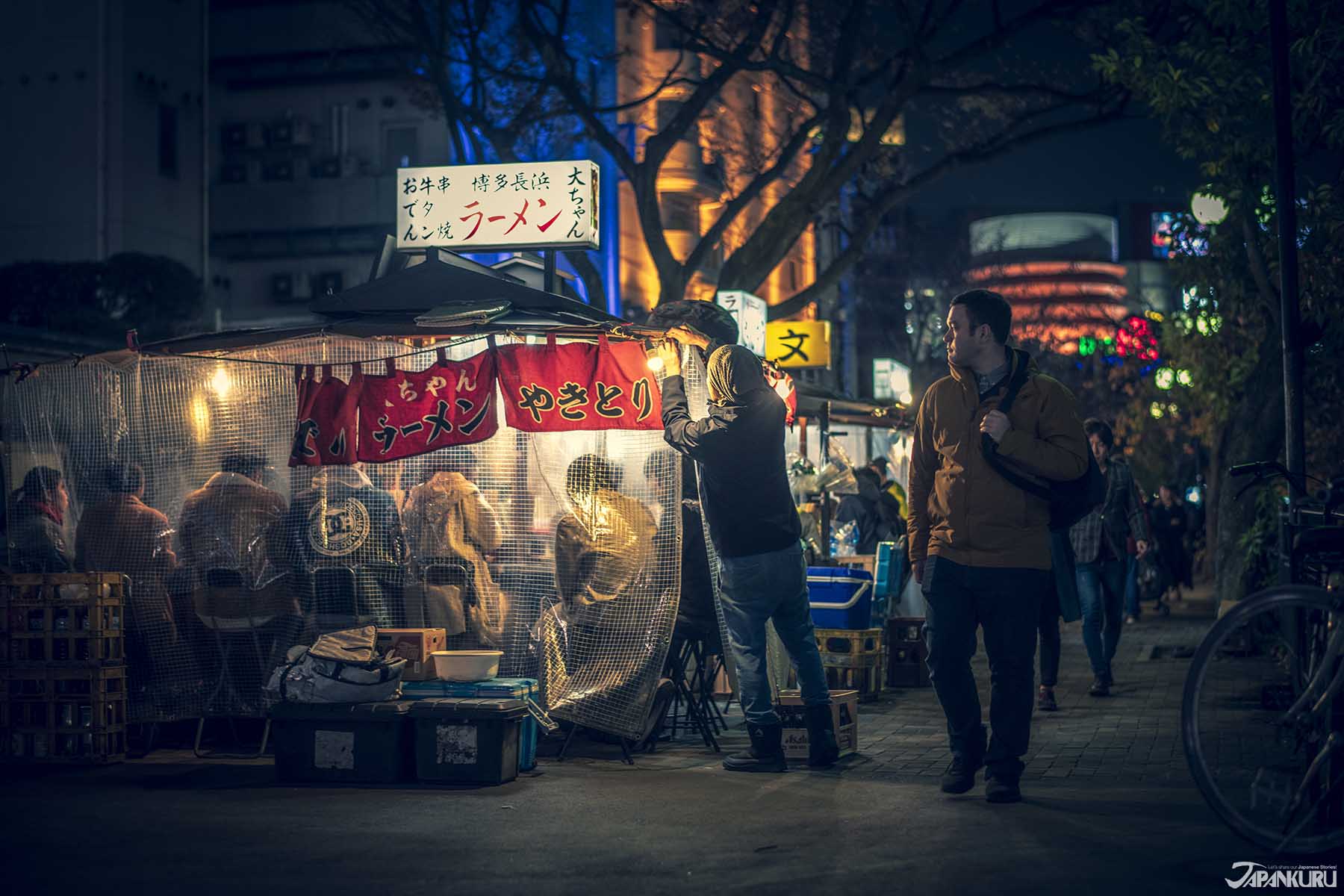
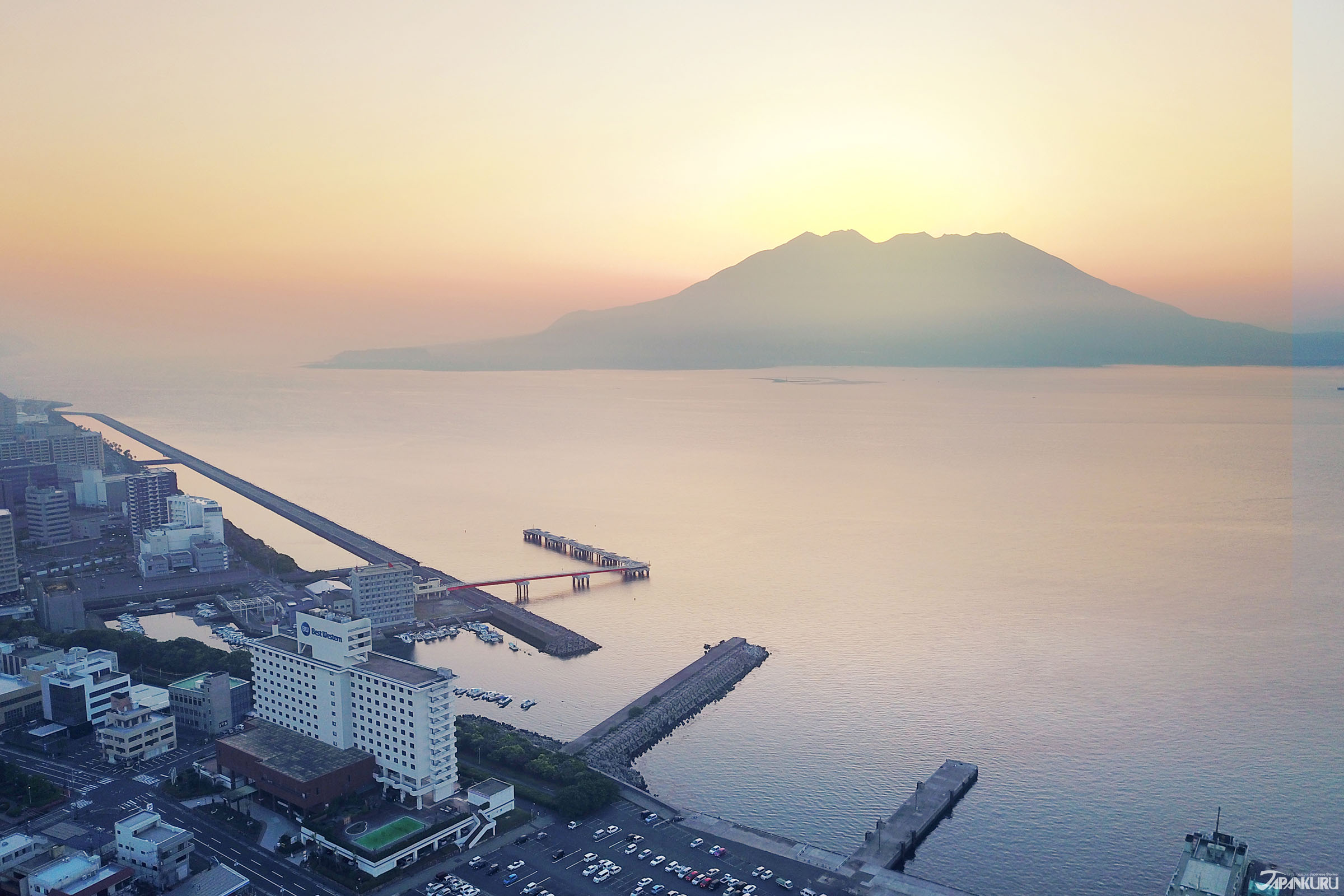
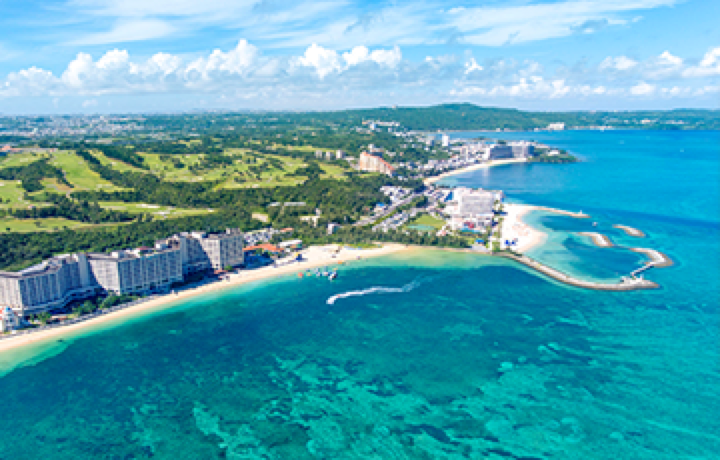
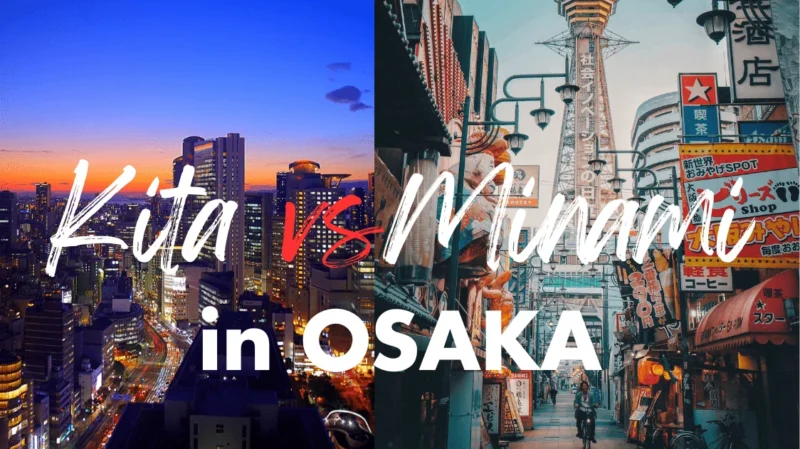



 Oita Hello Kitty Airport
Oita Hello Kitty Airport  Lands April 13th
Lands April 13th

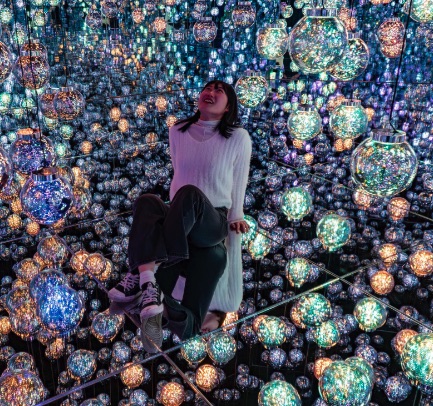
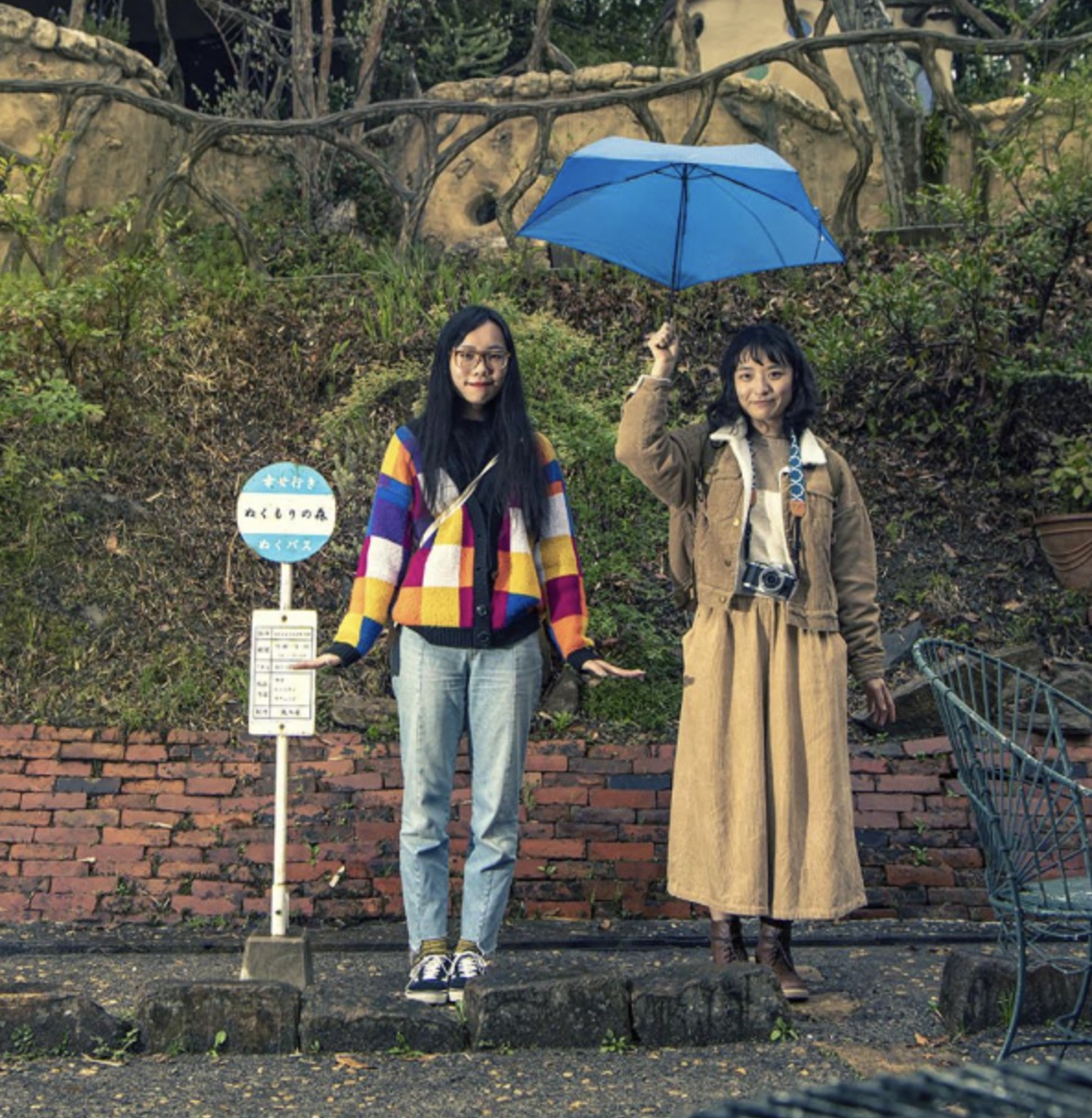
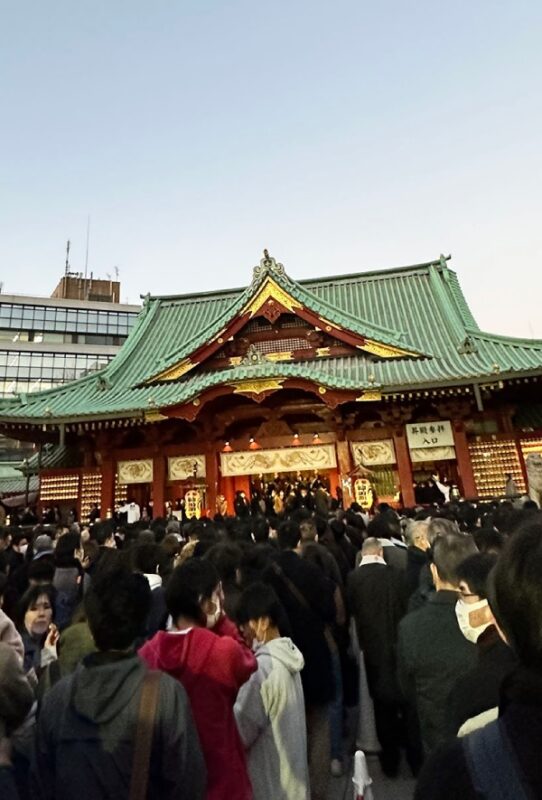


















HELLO !! GOOD